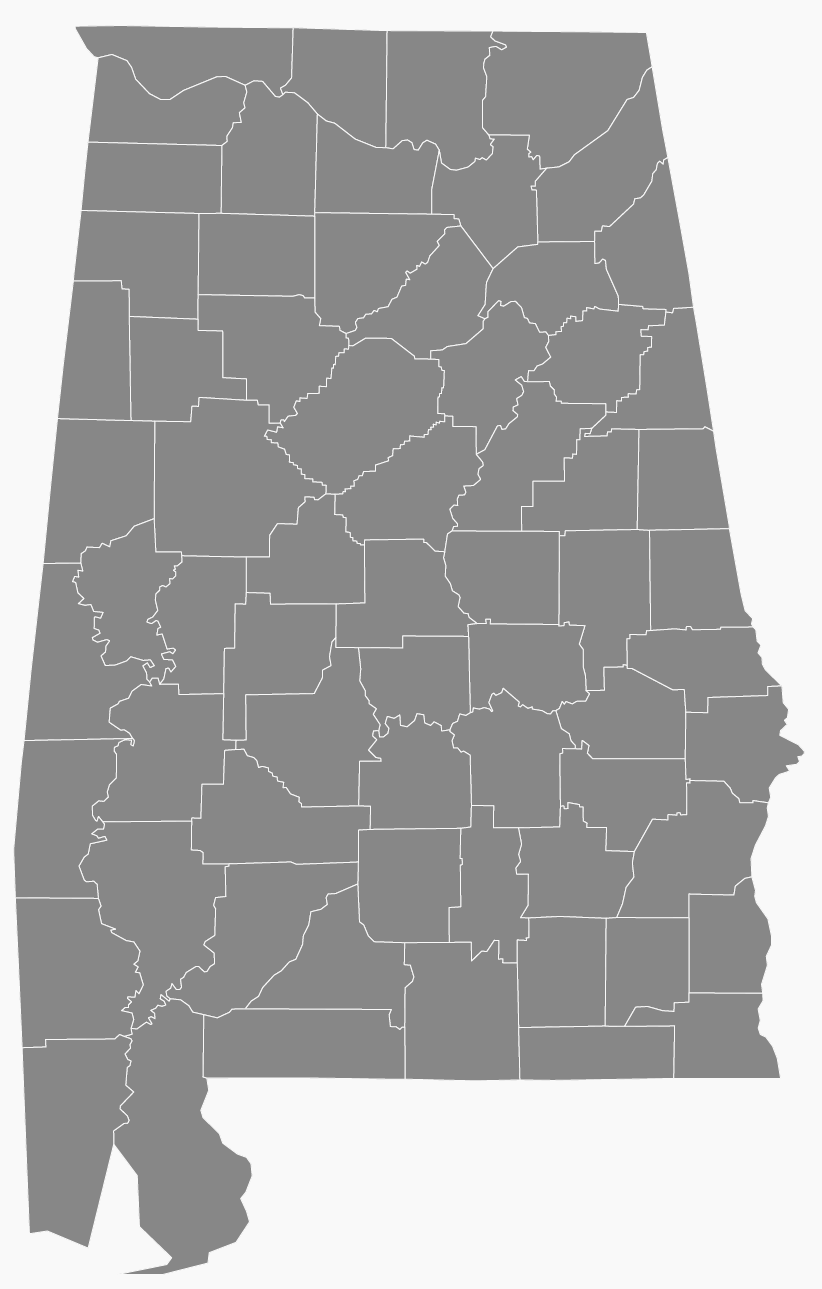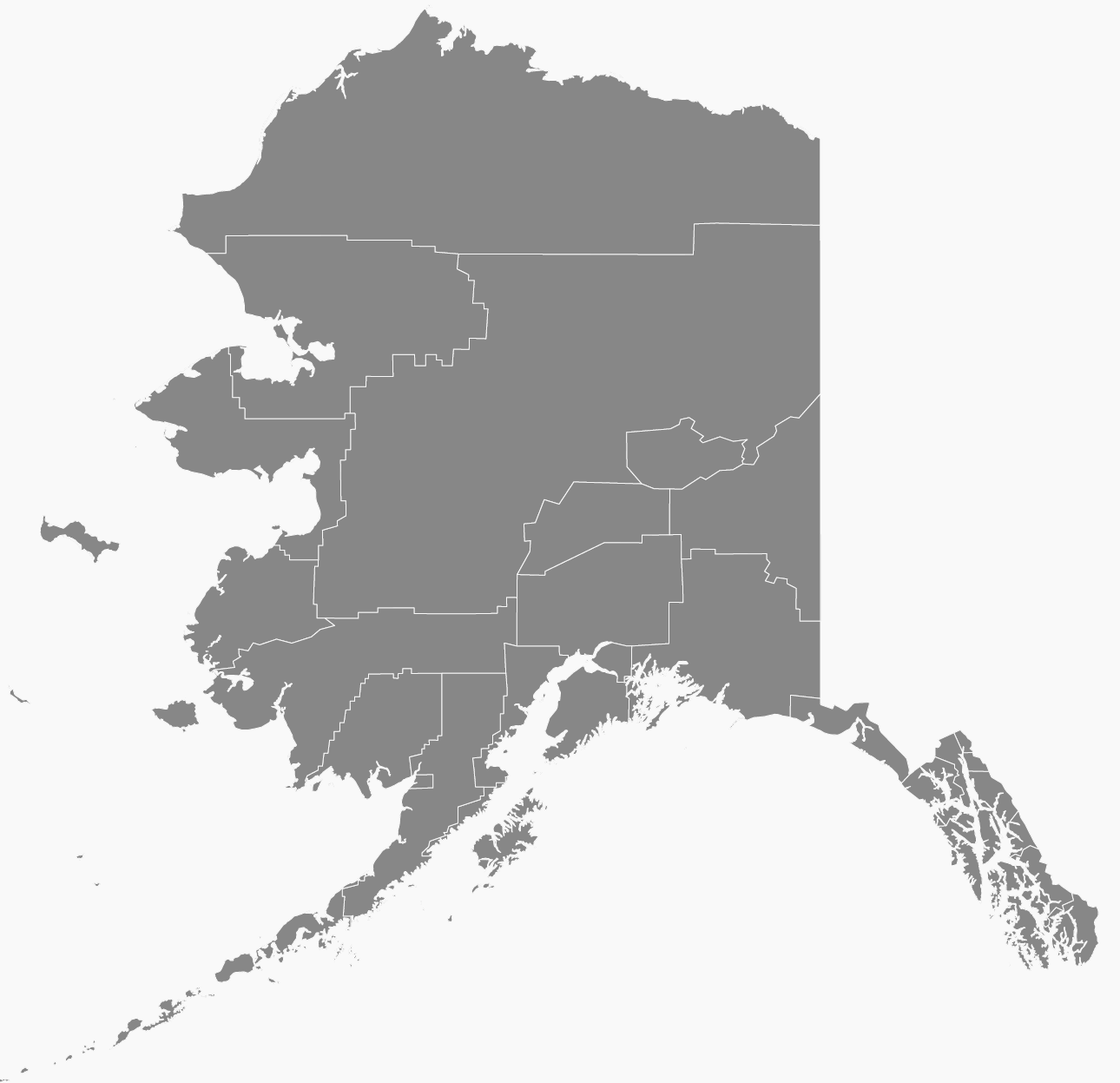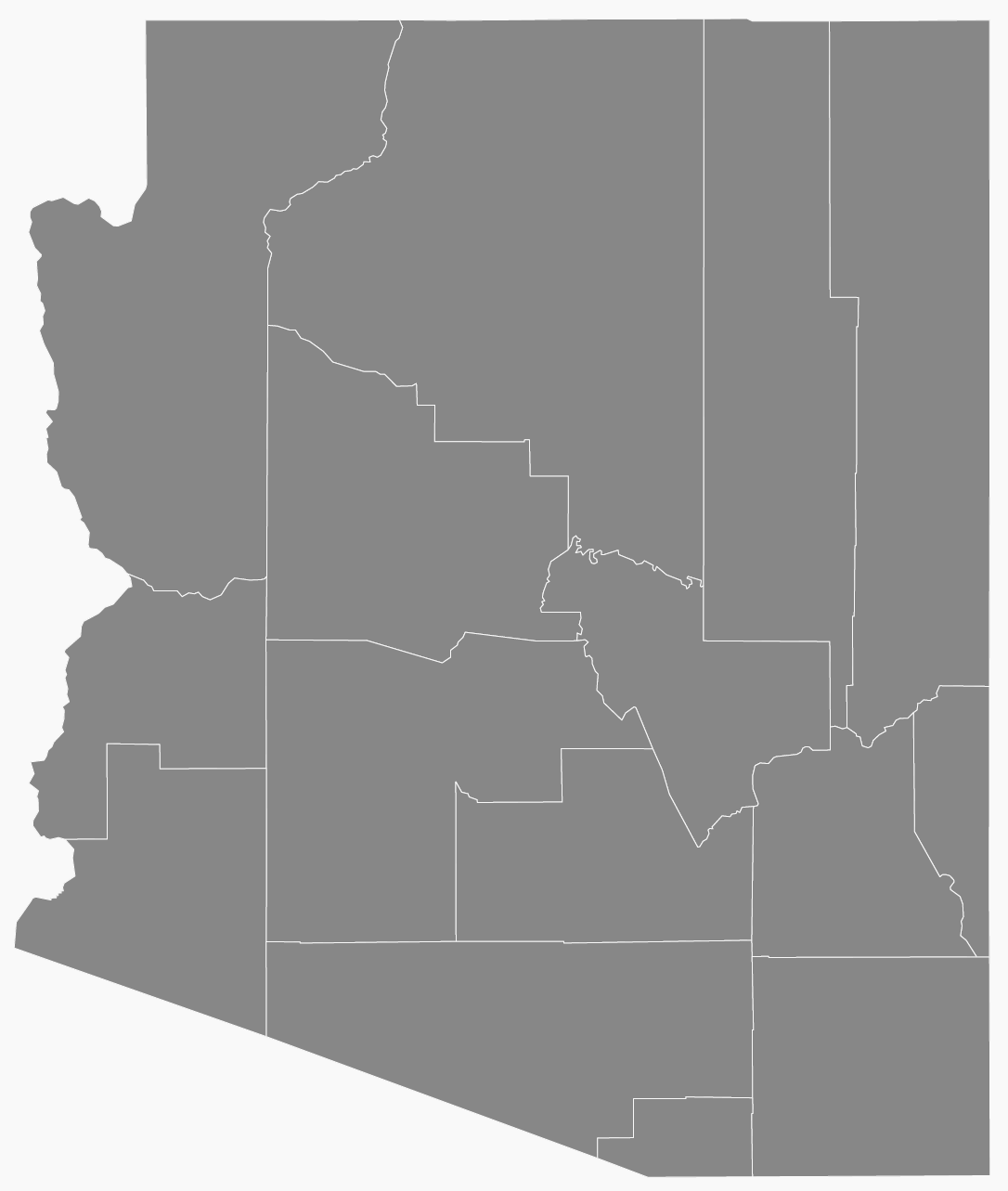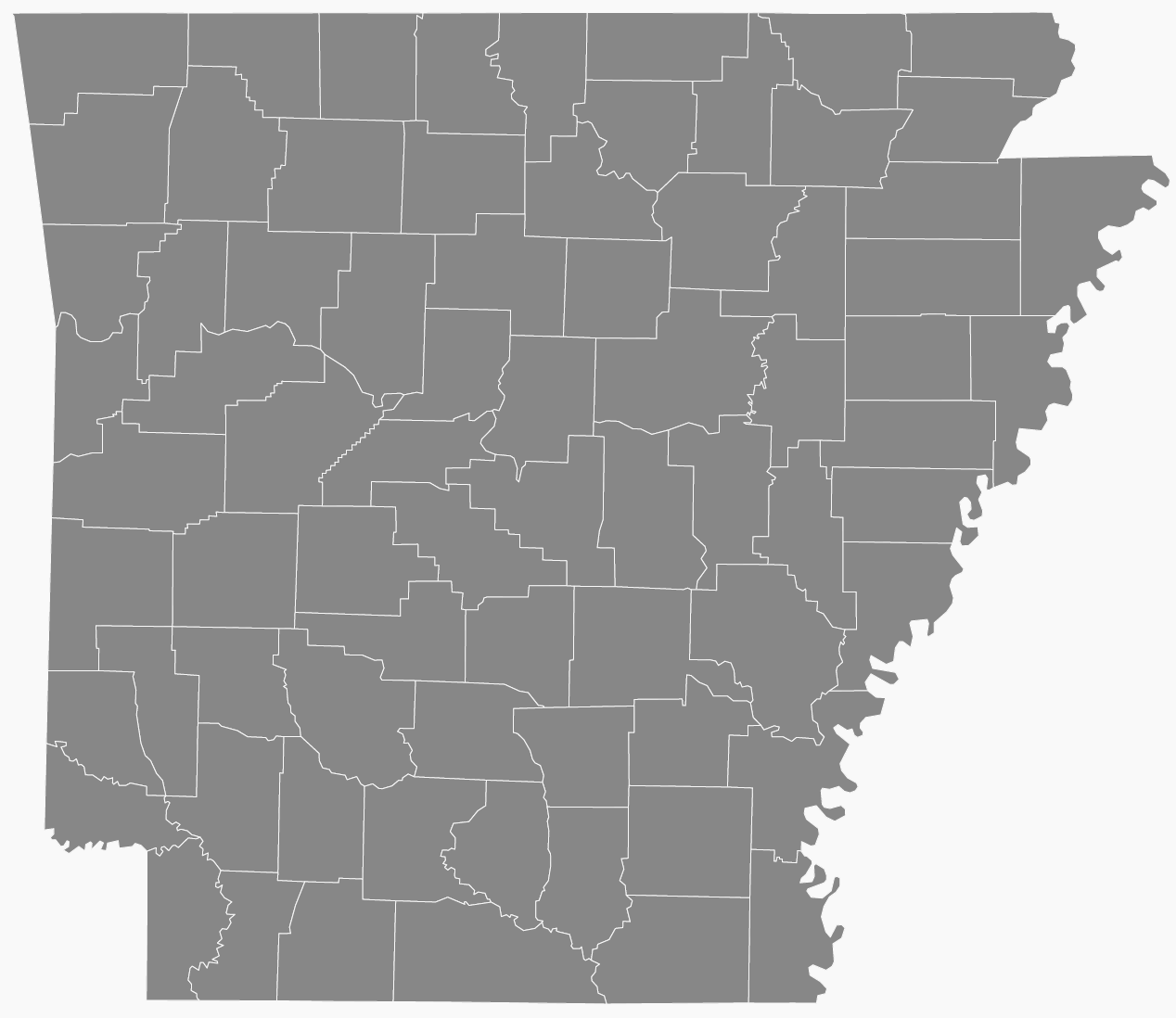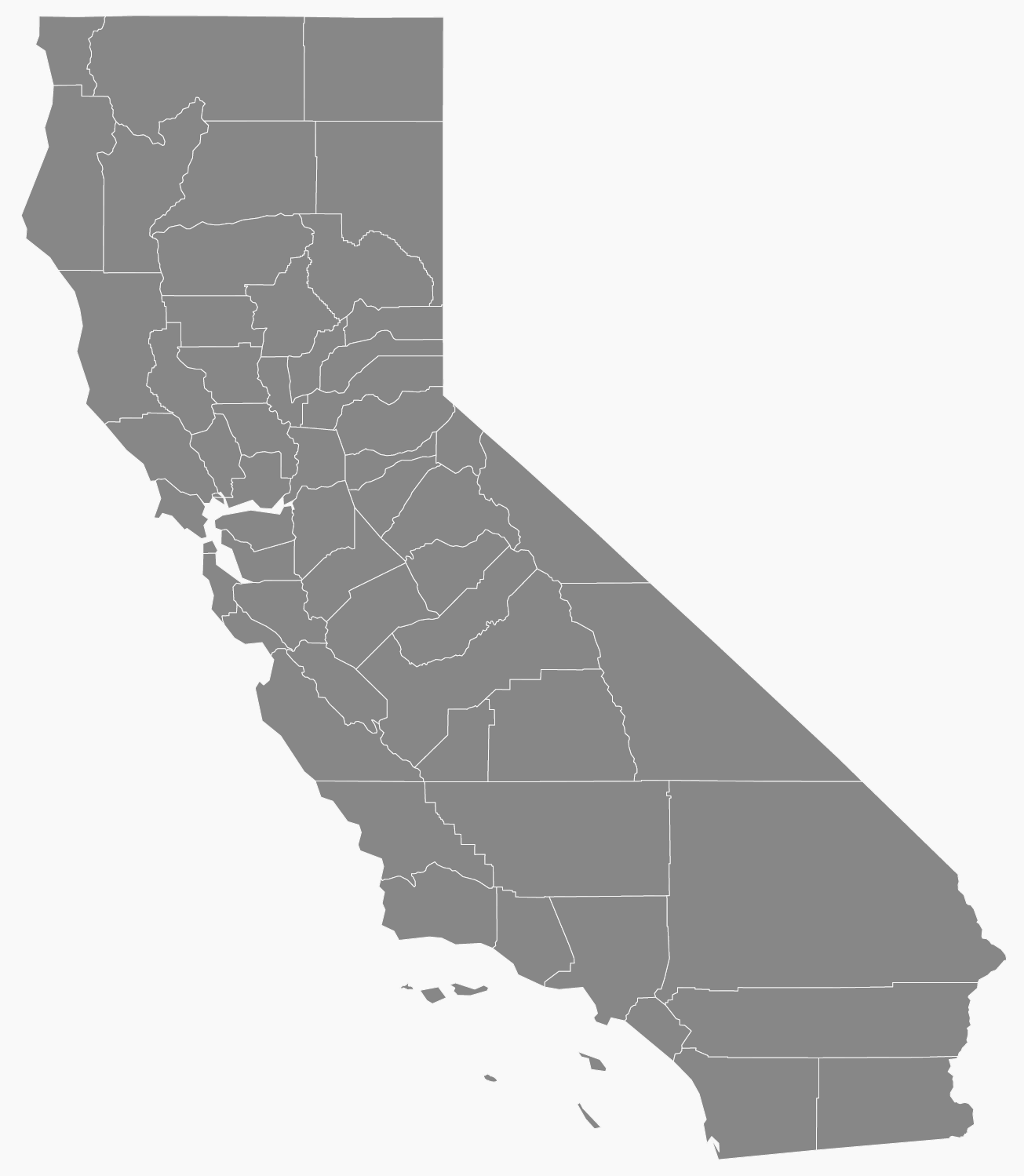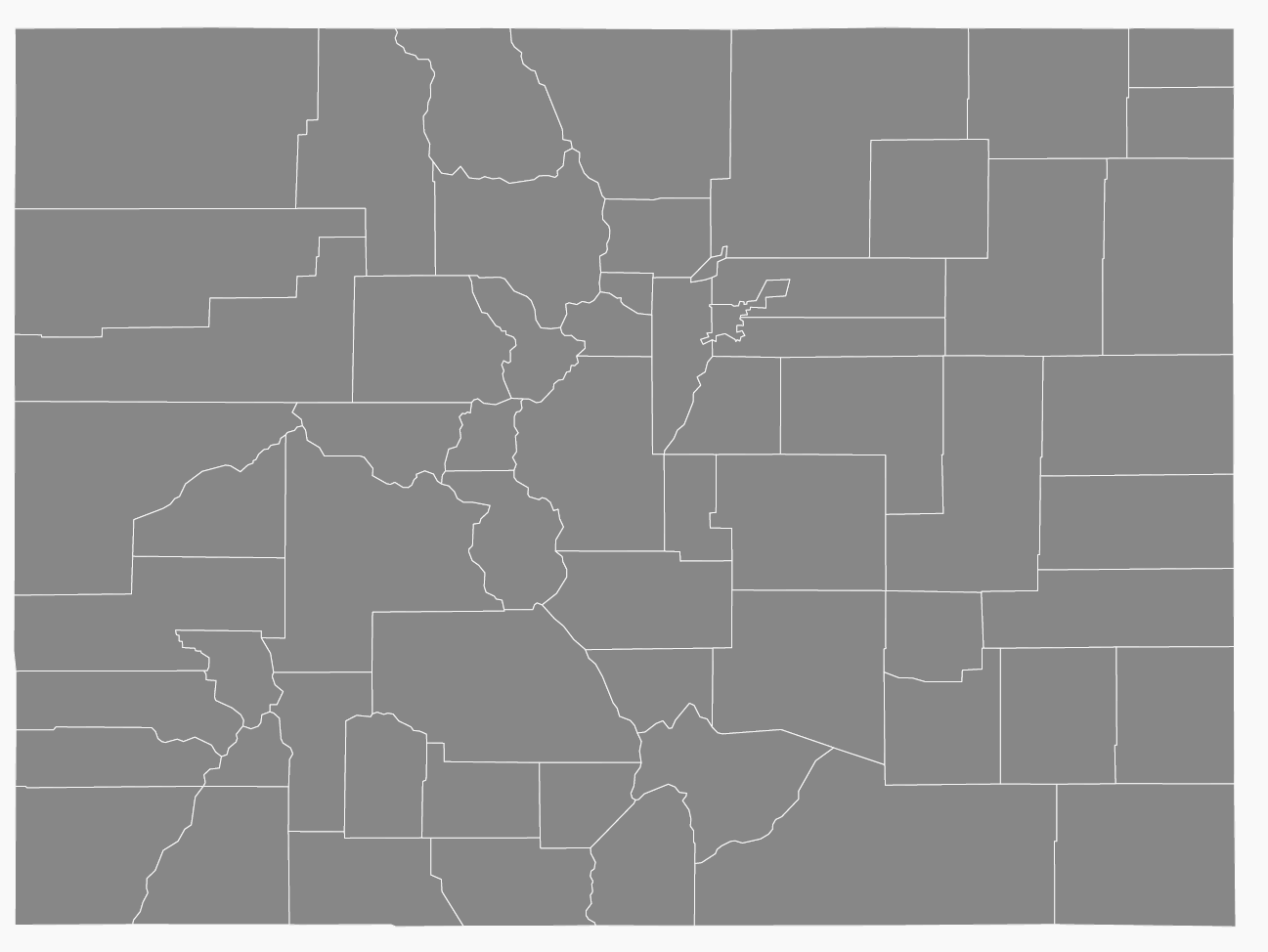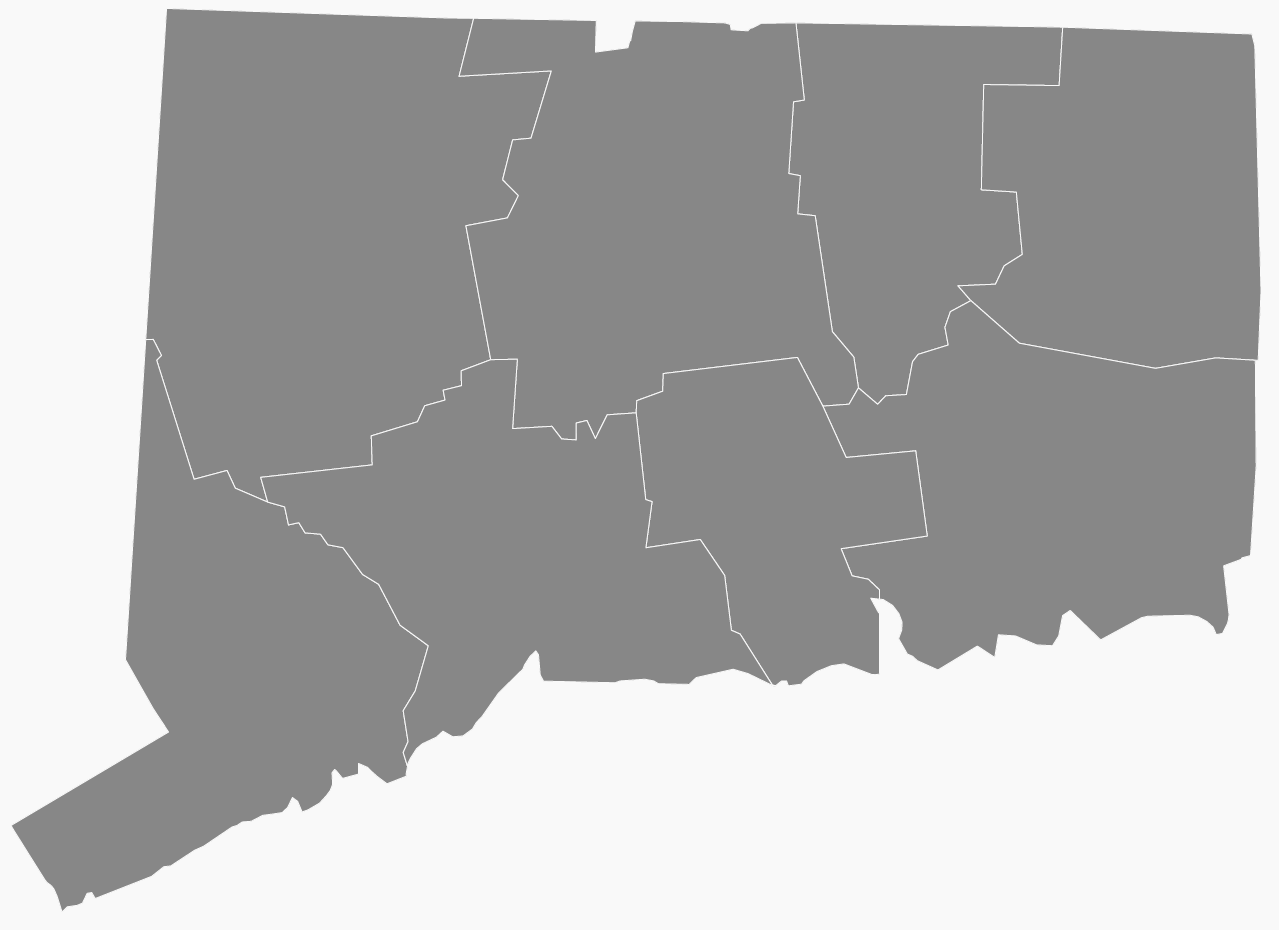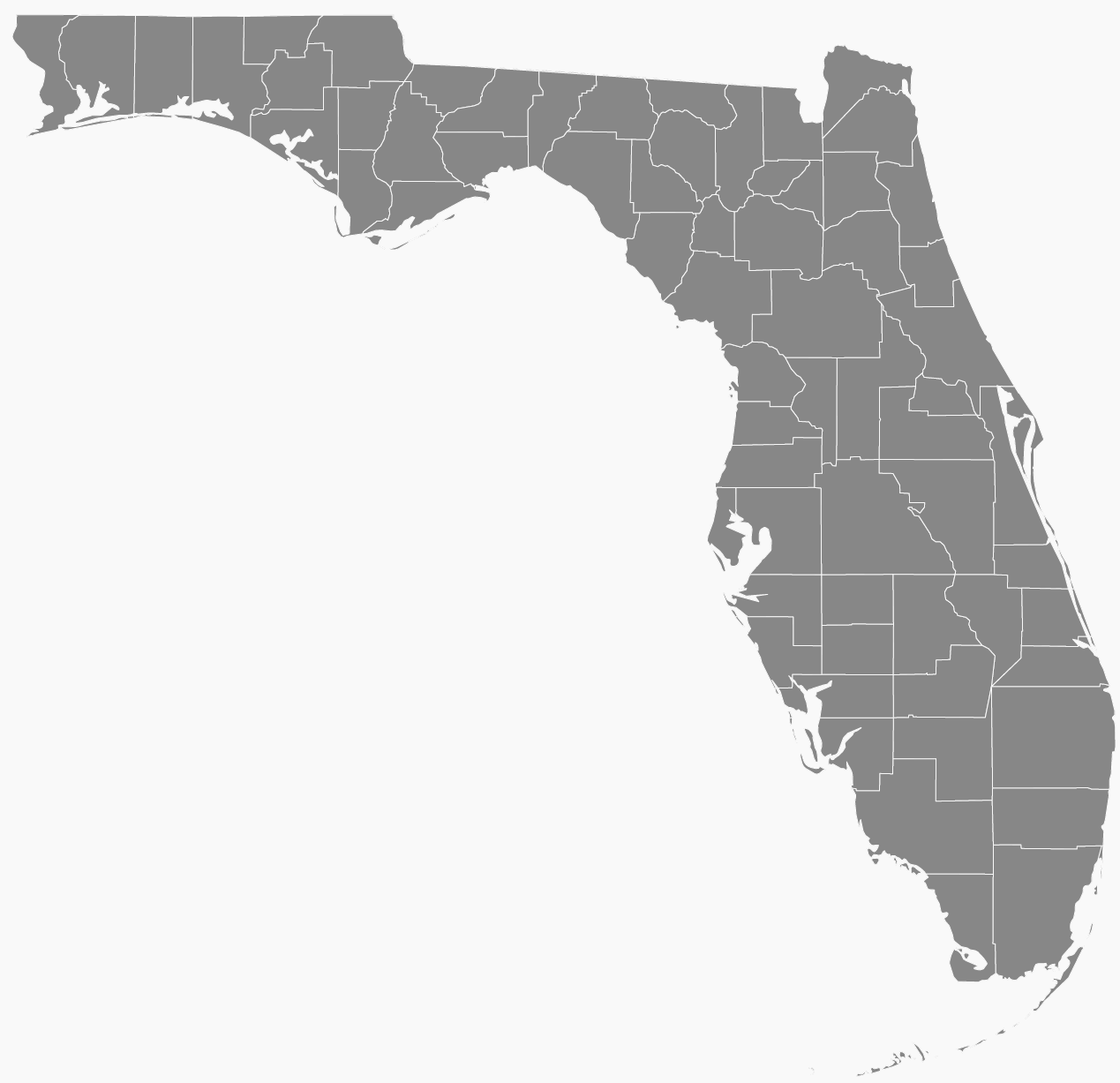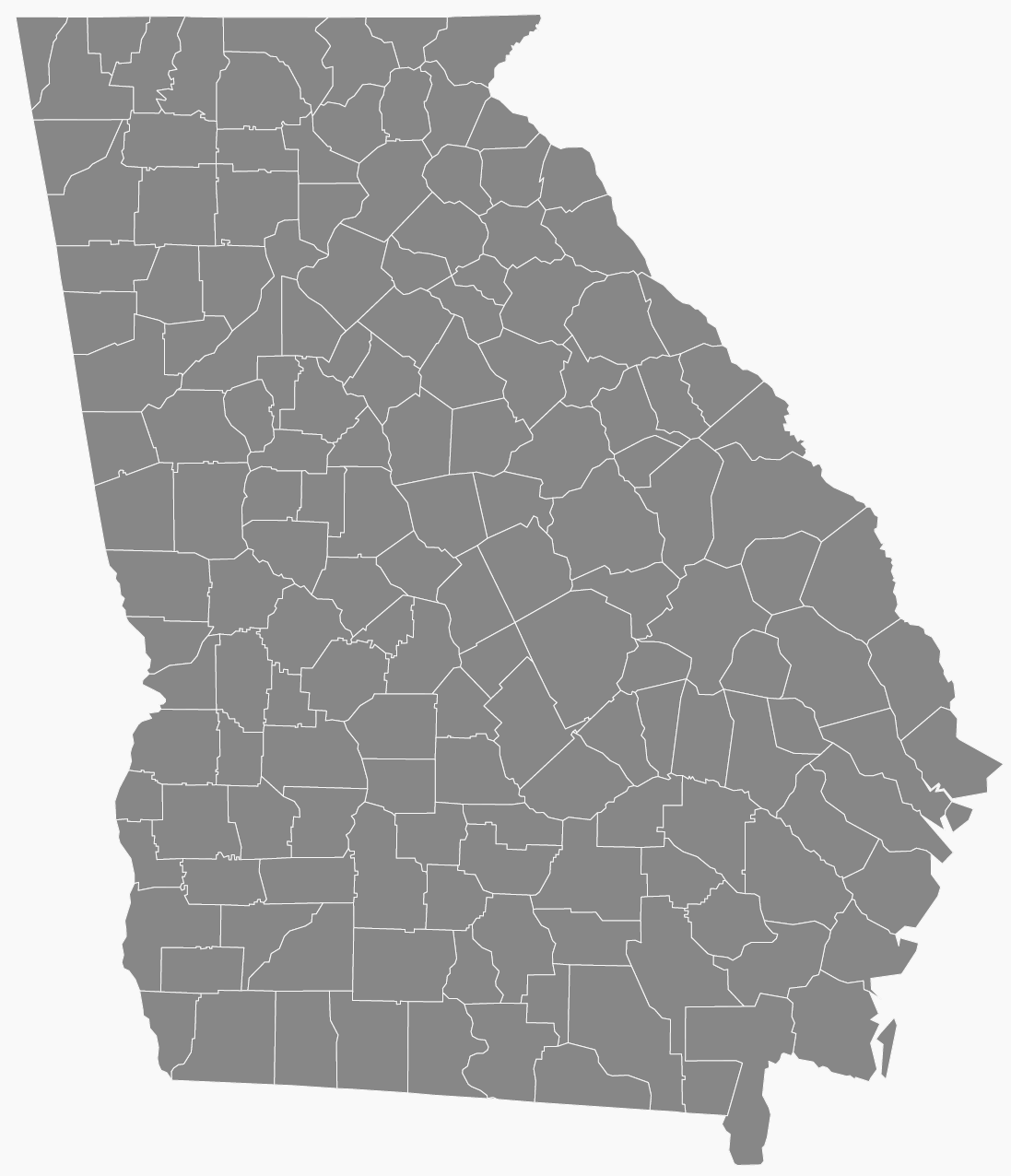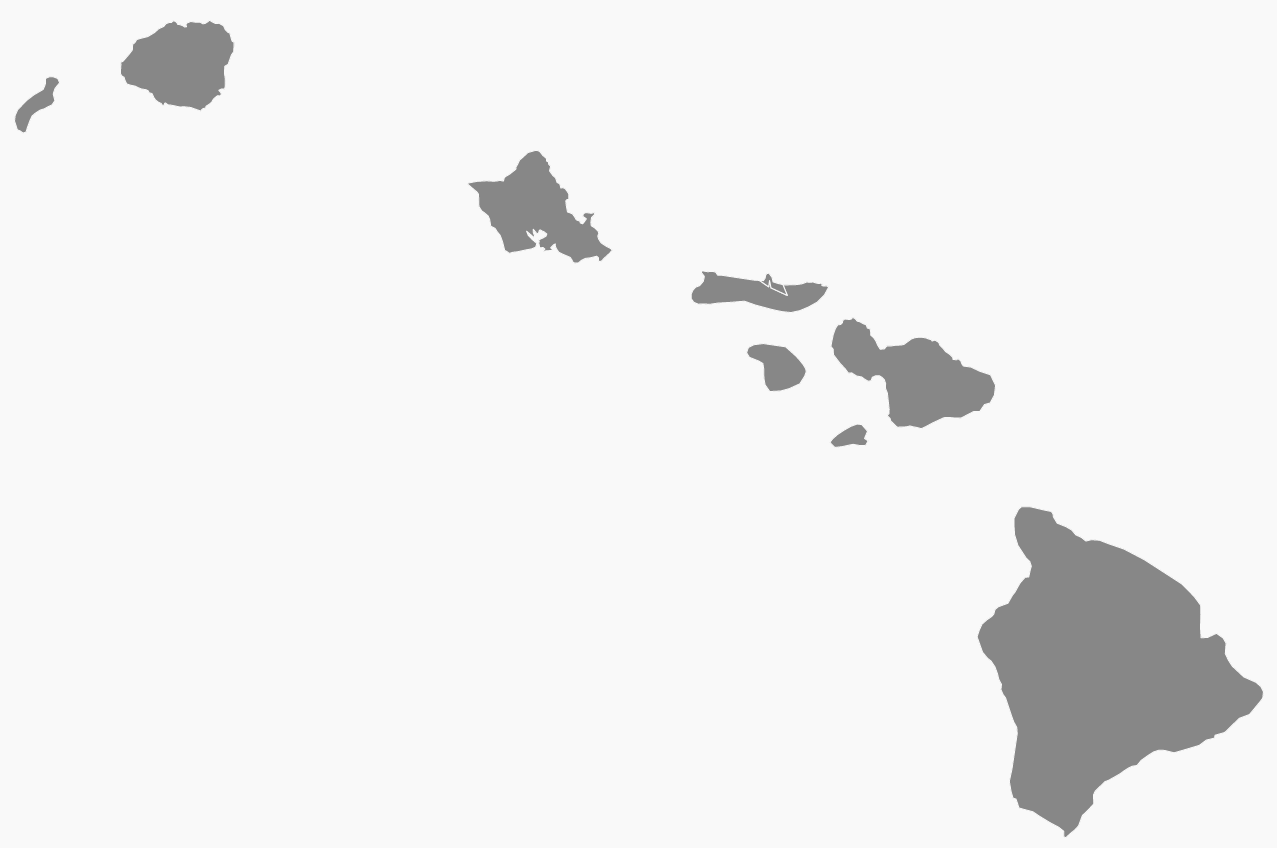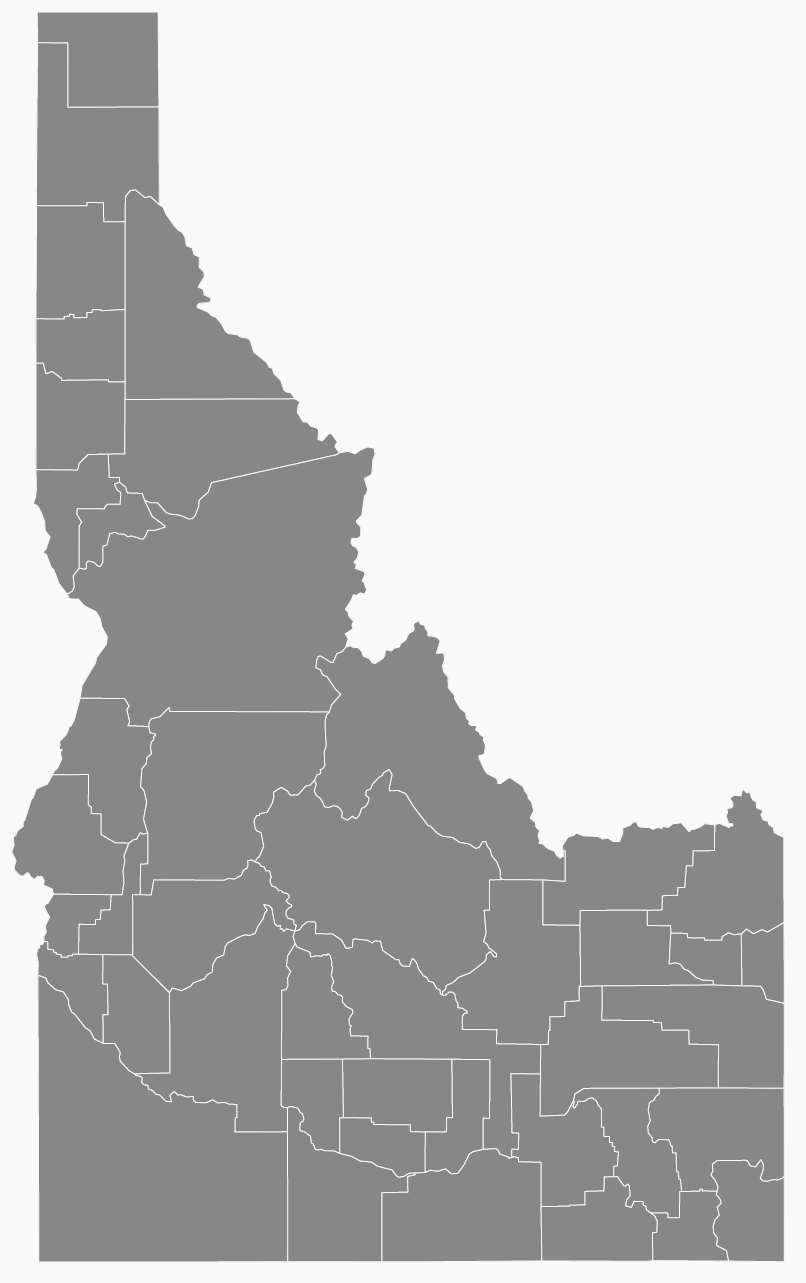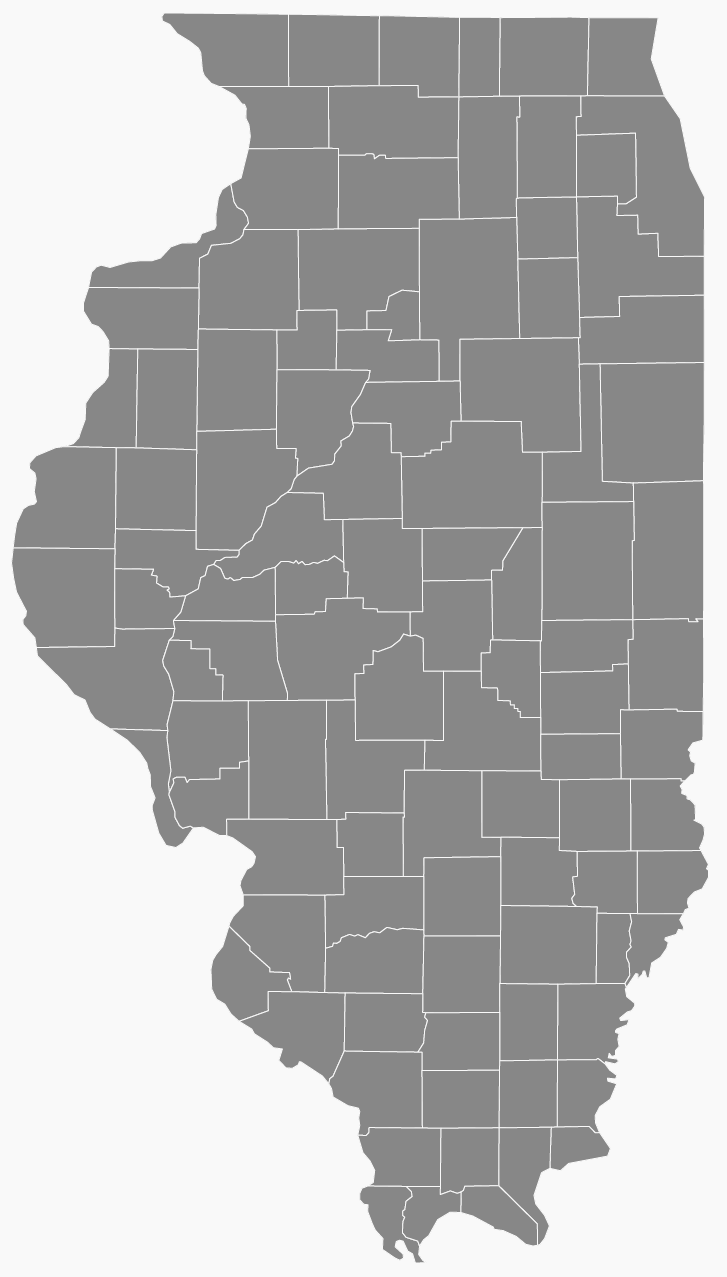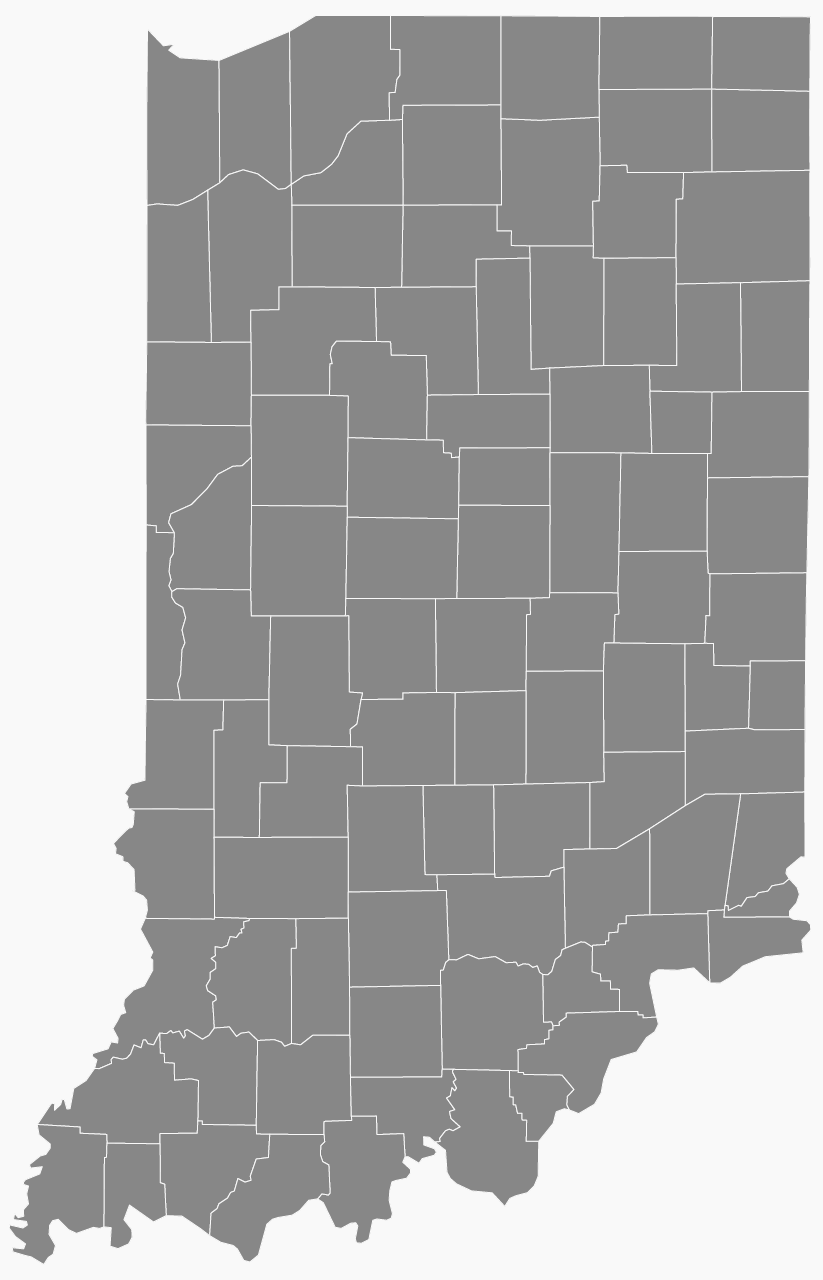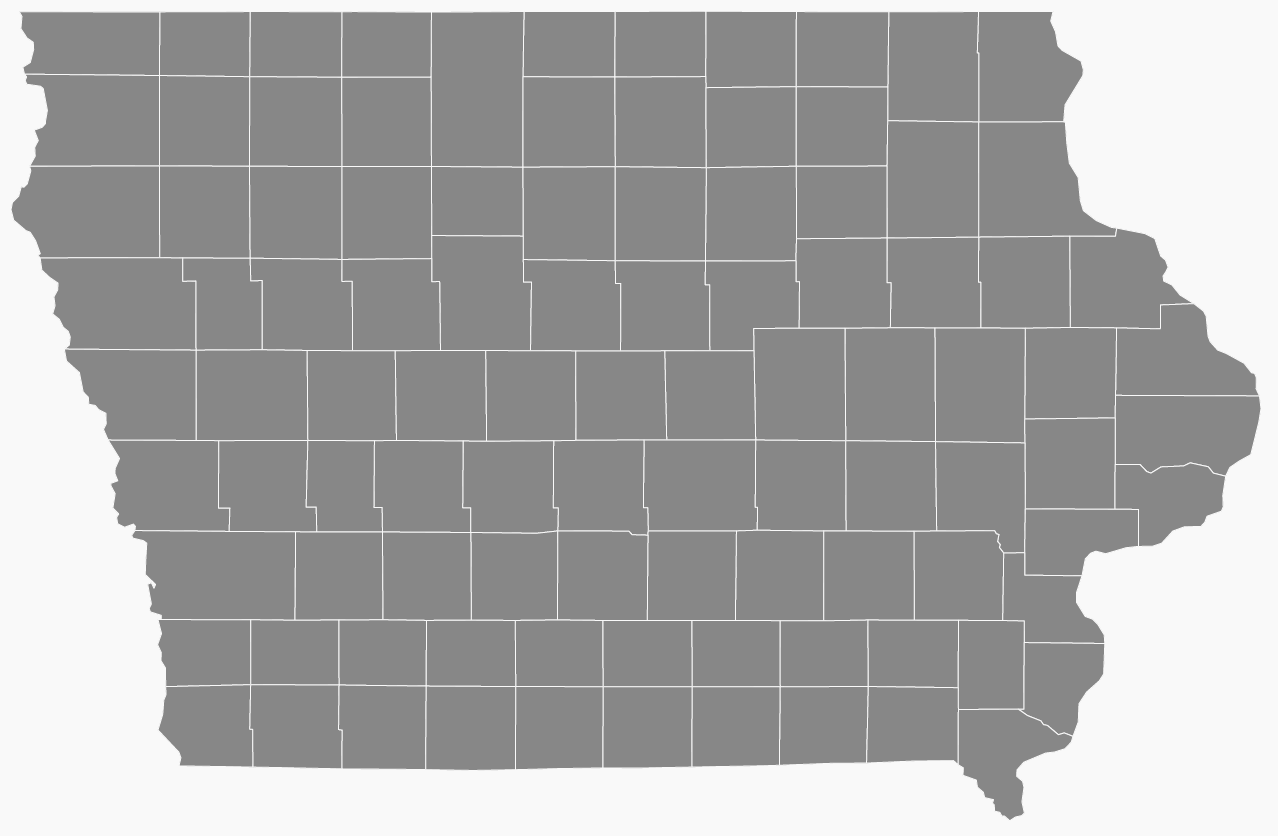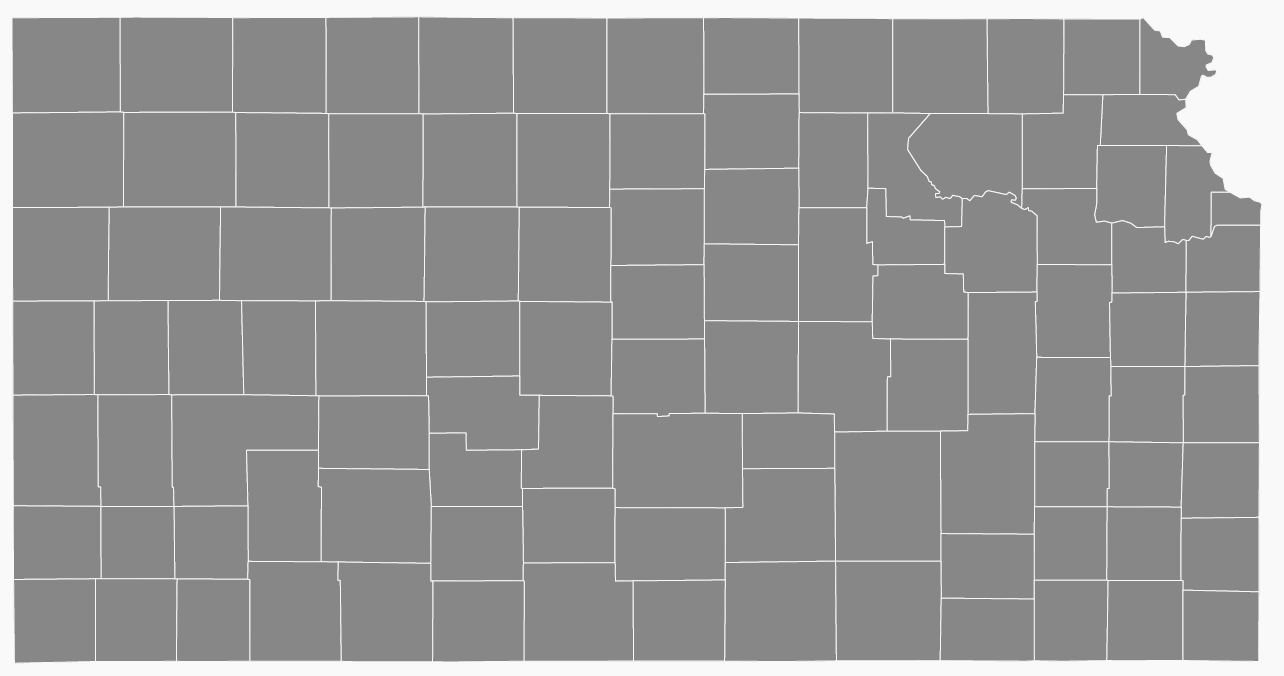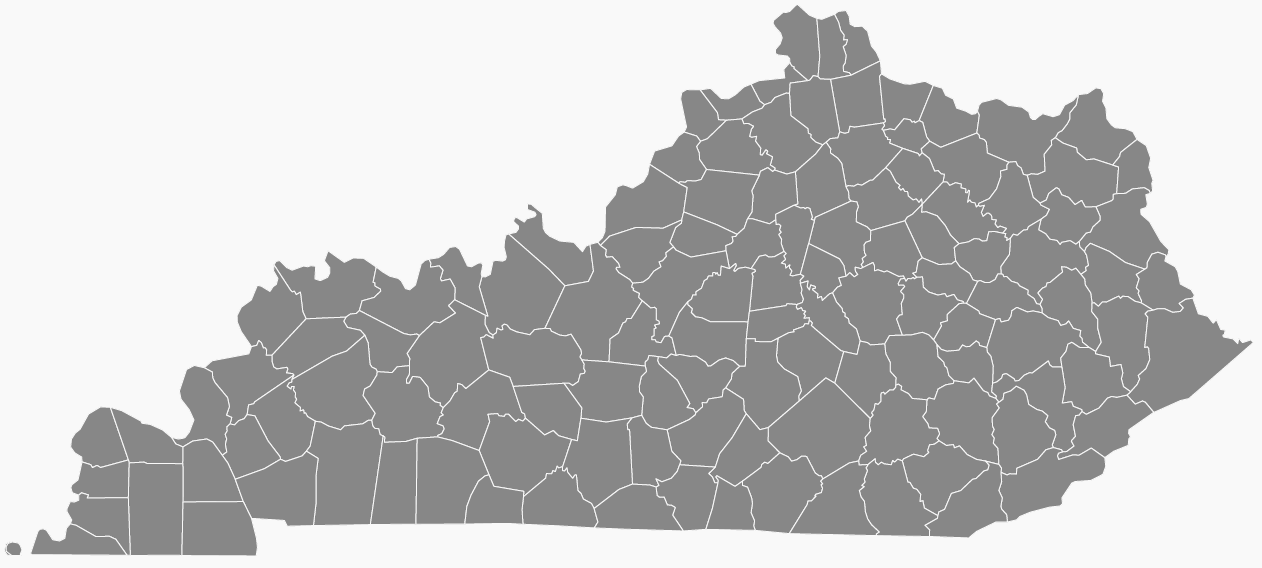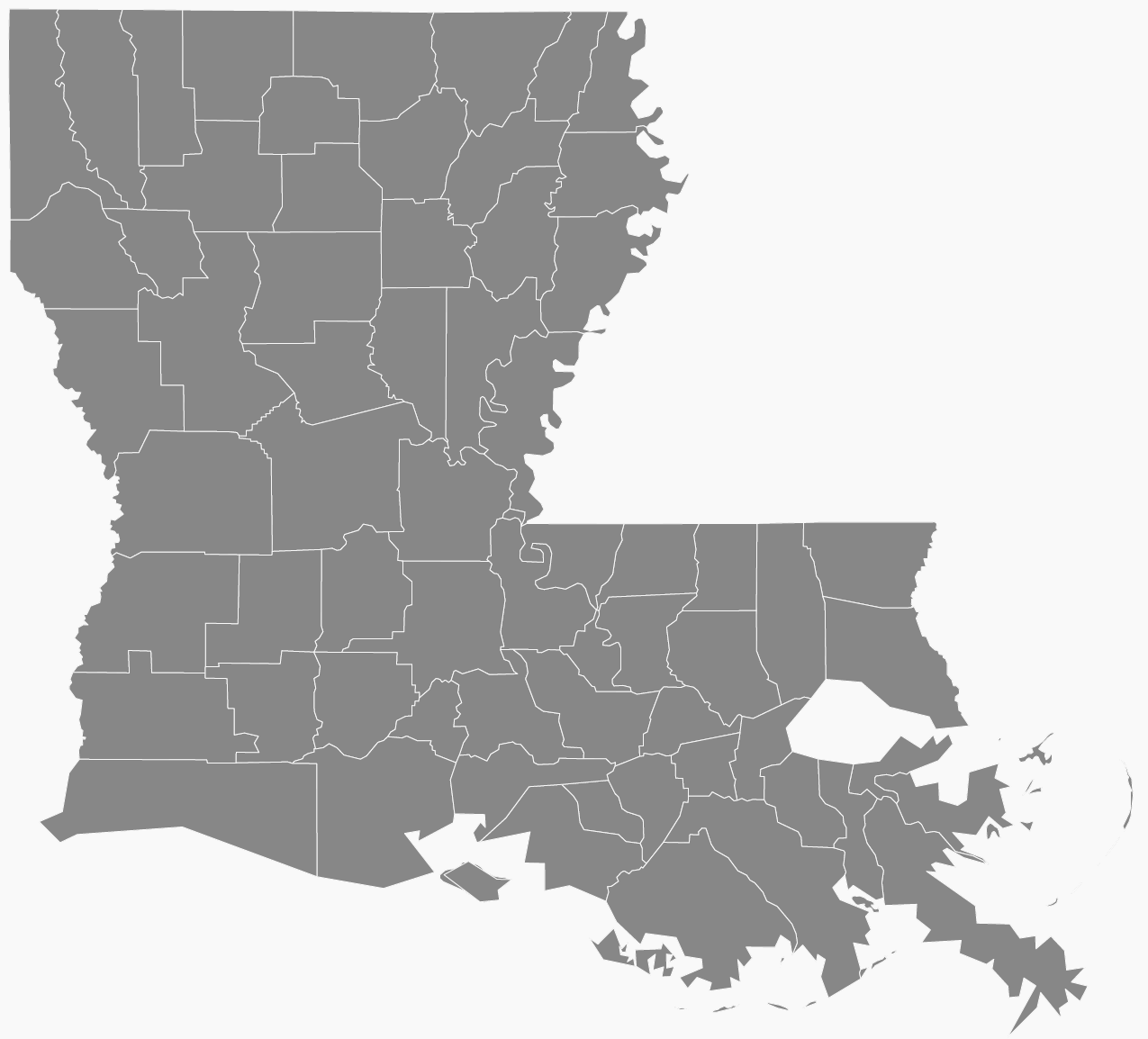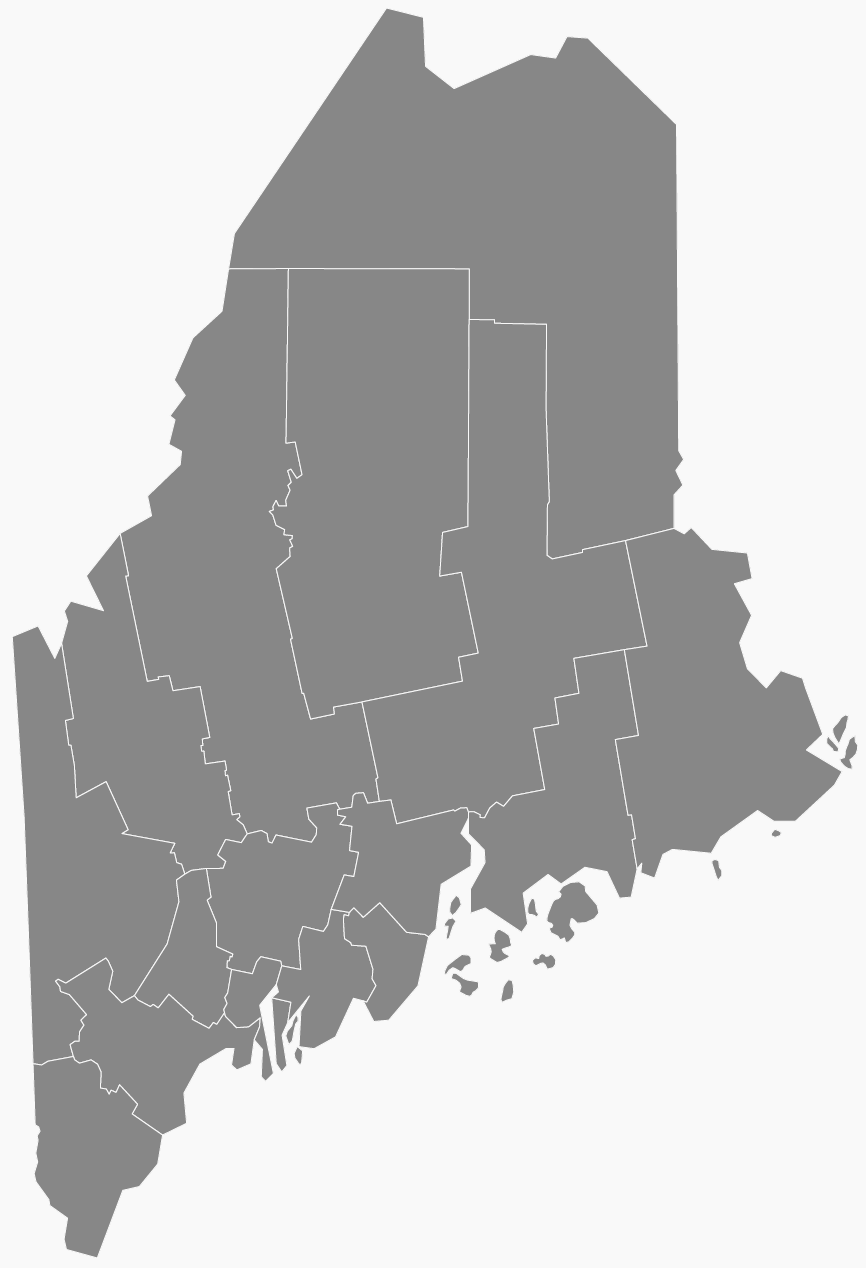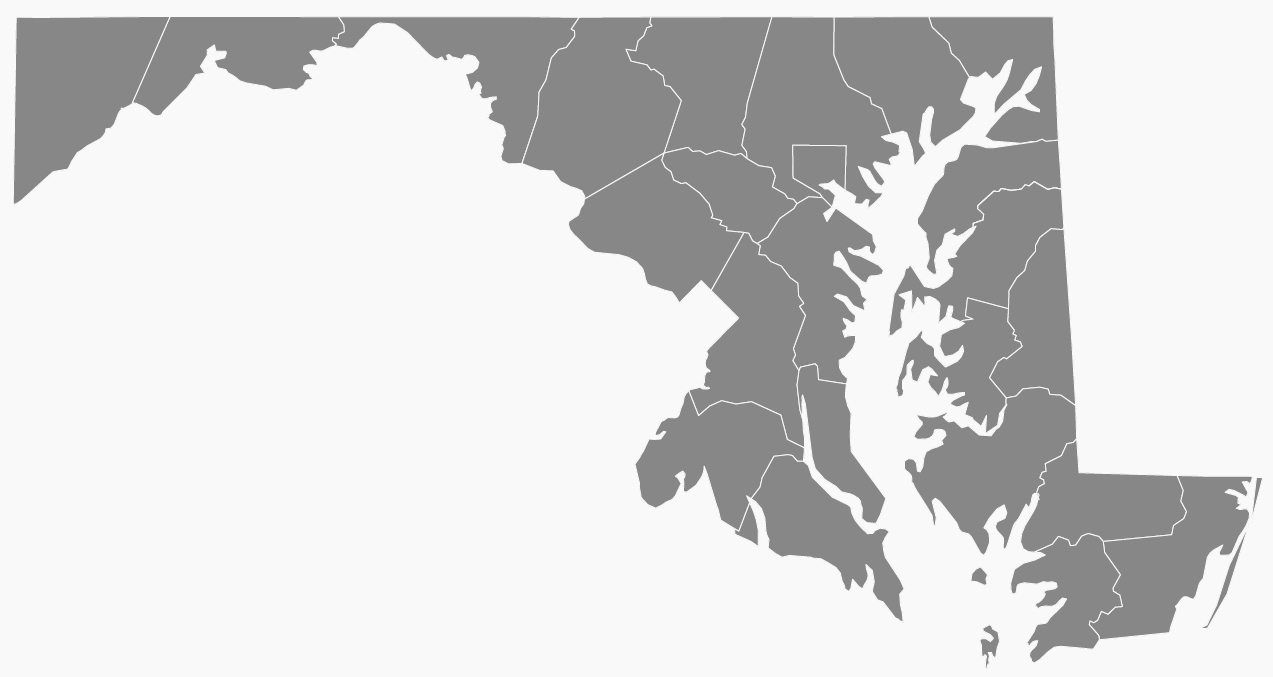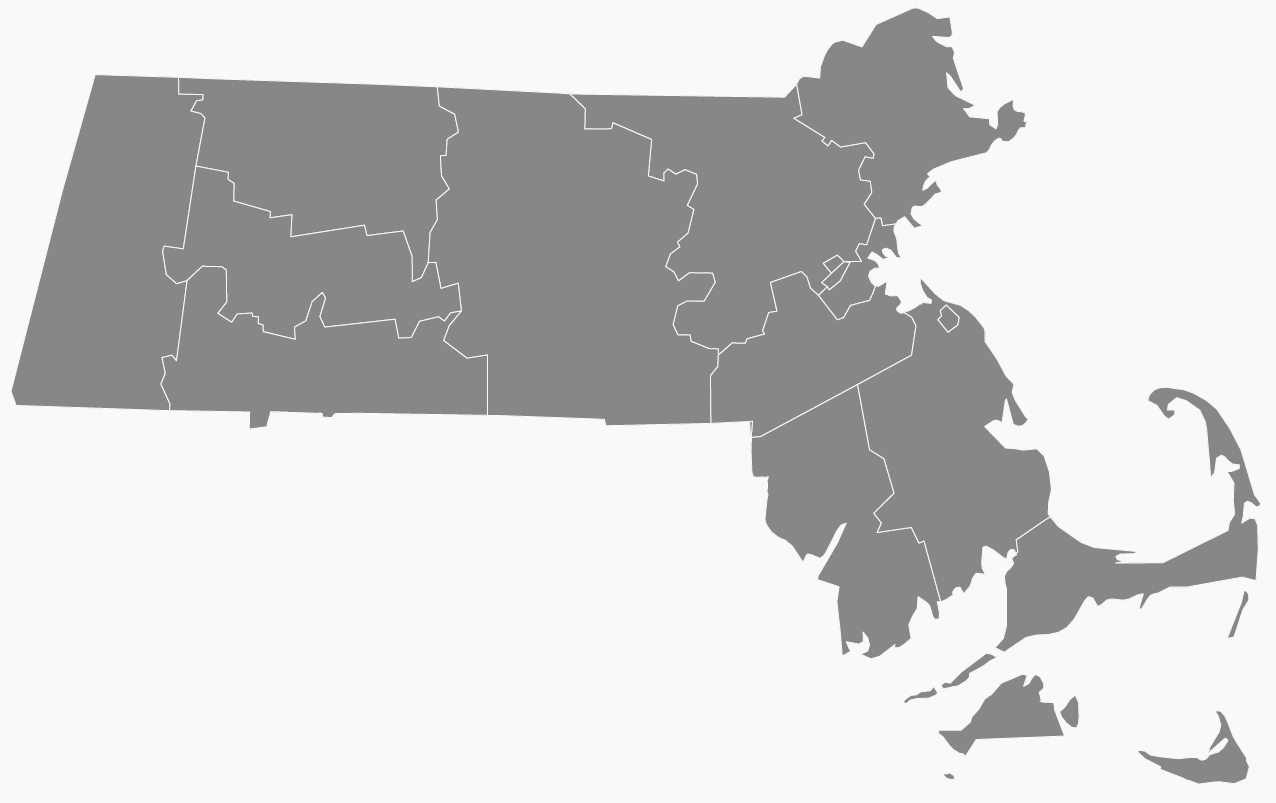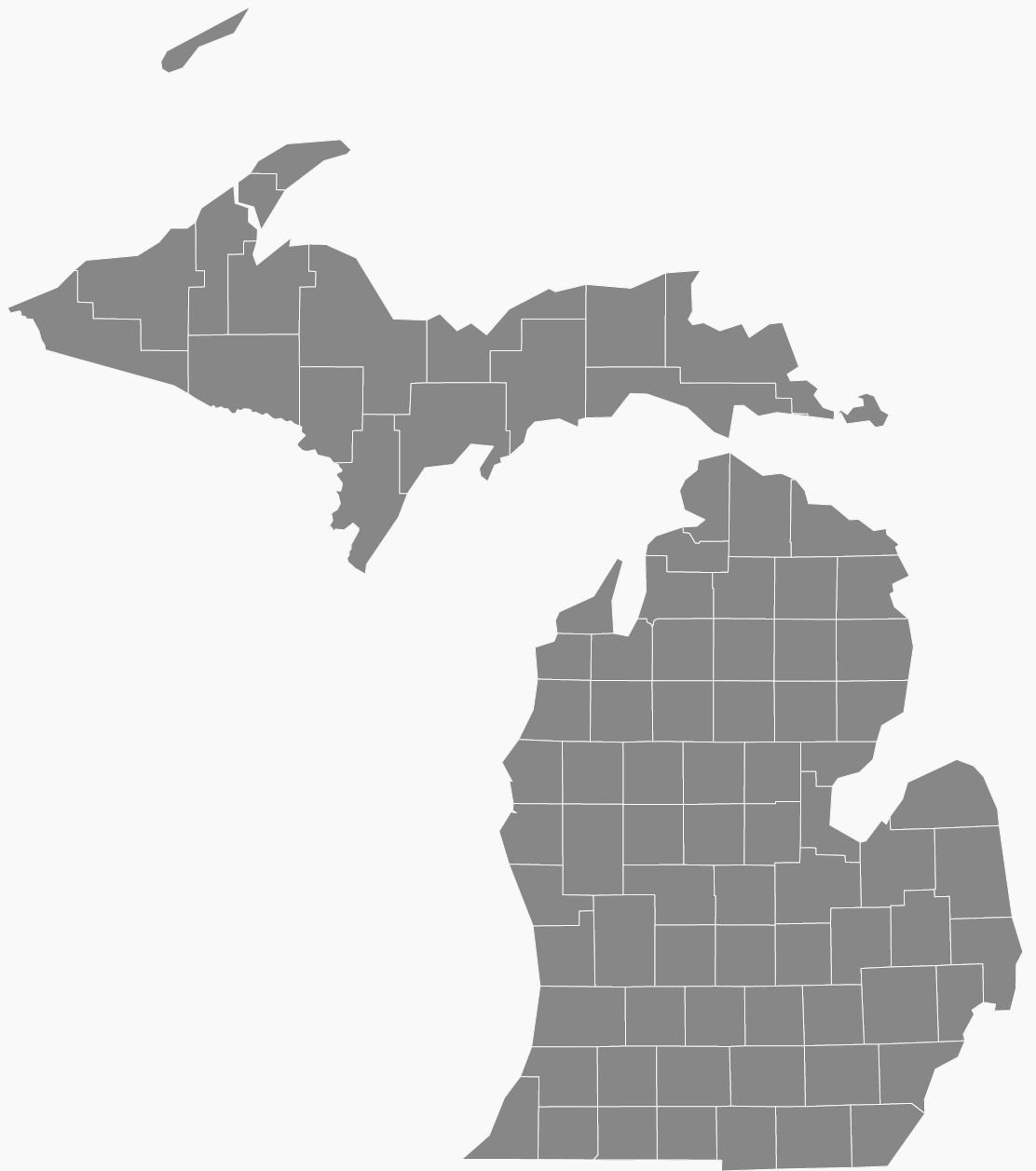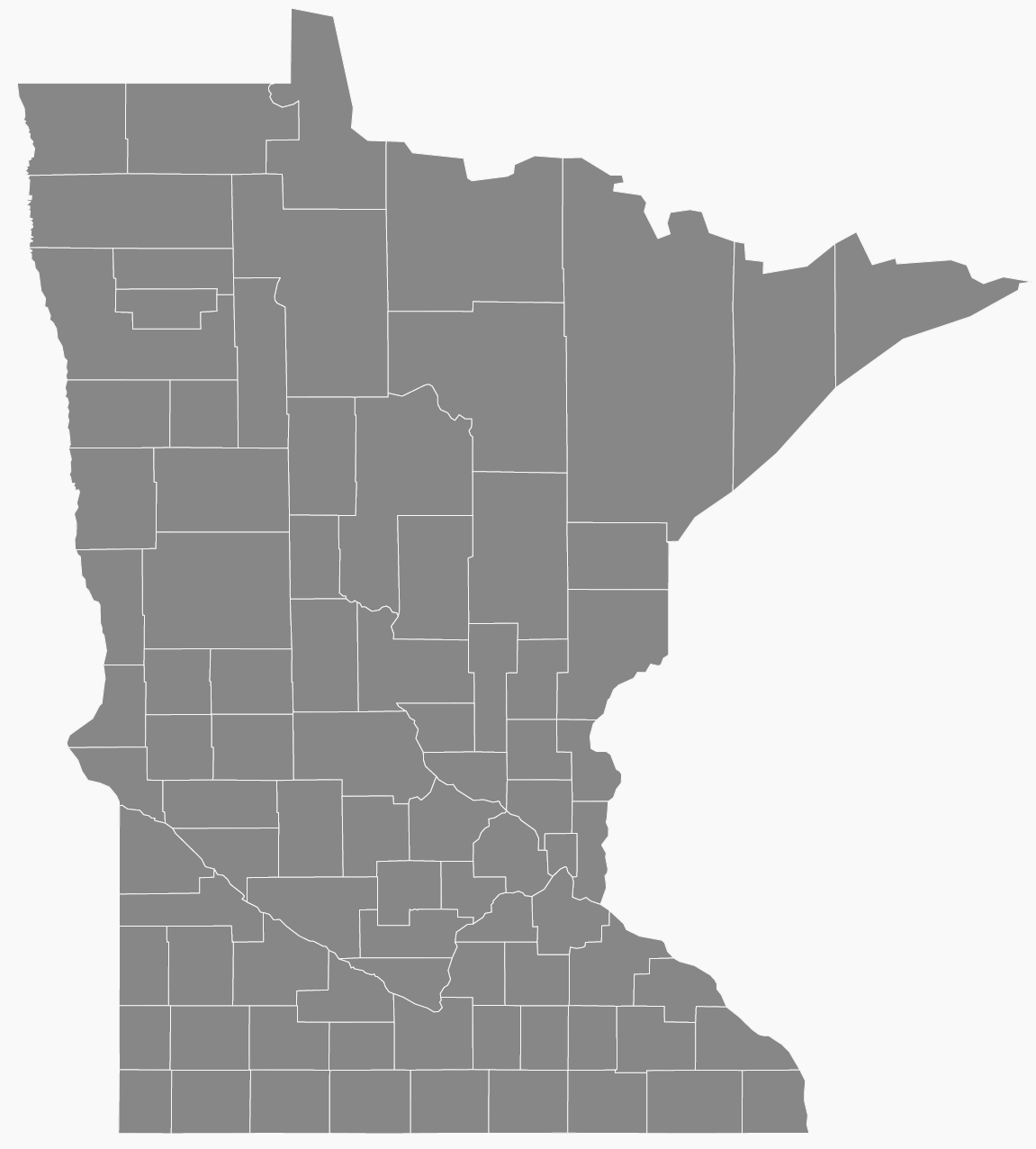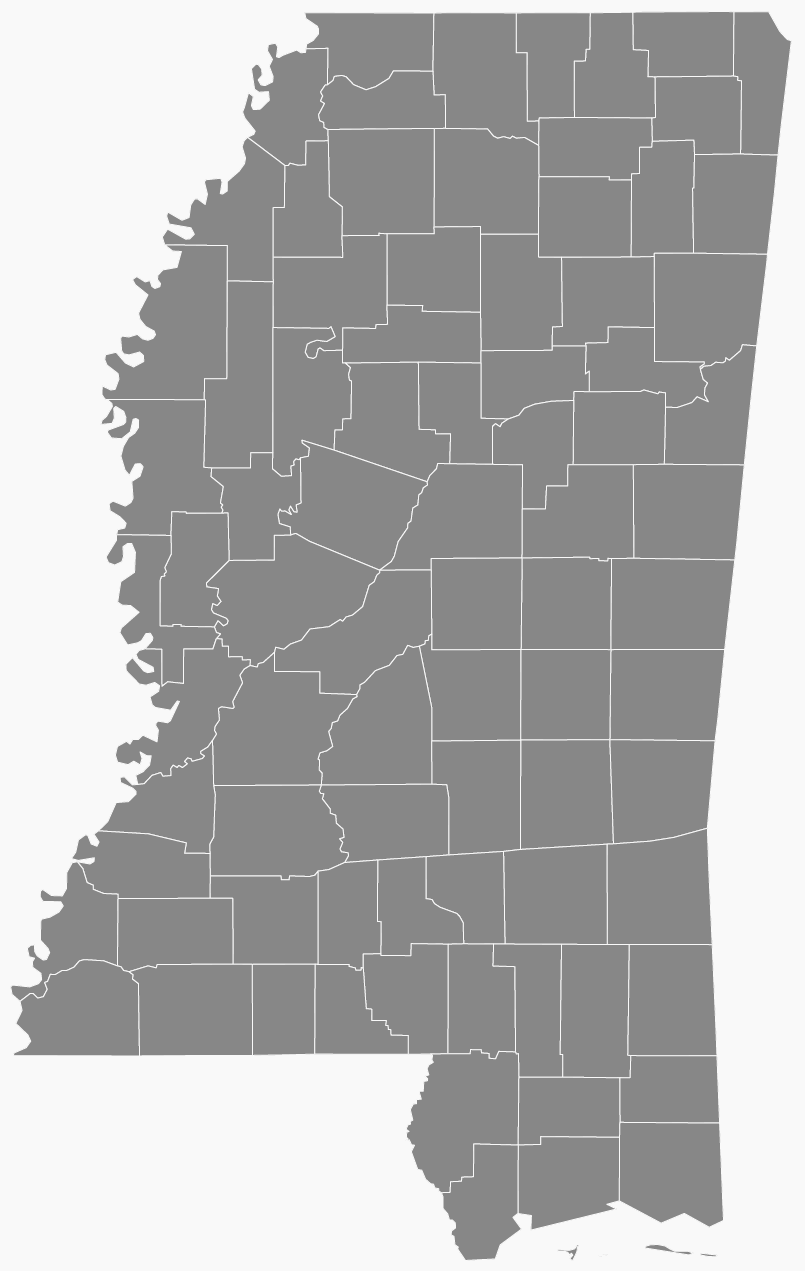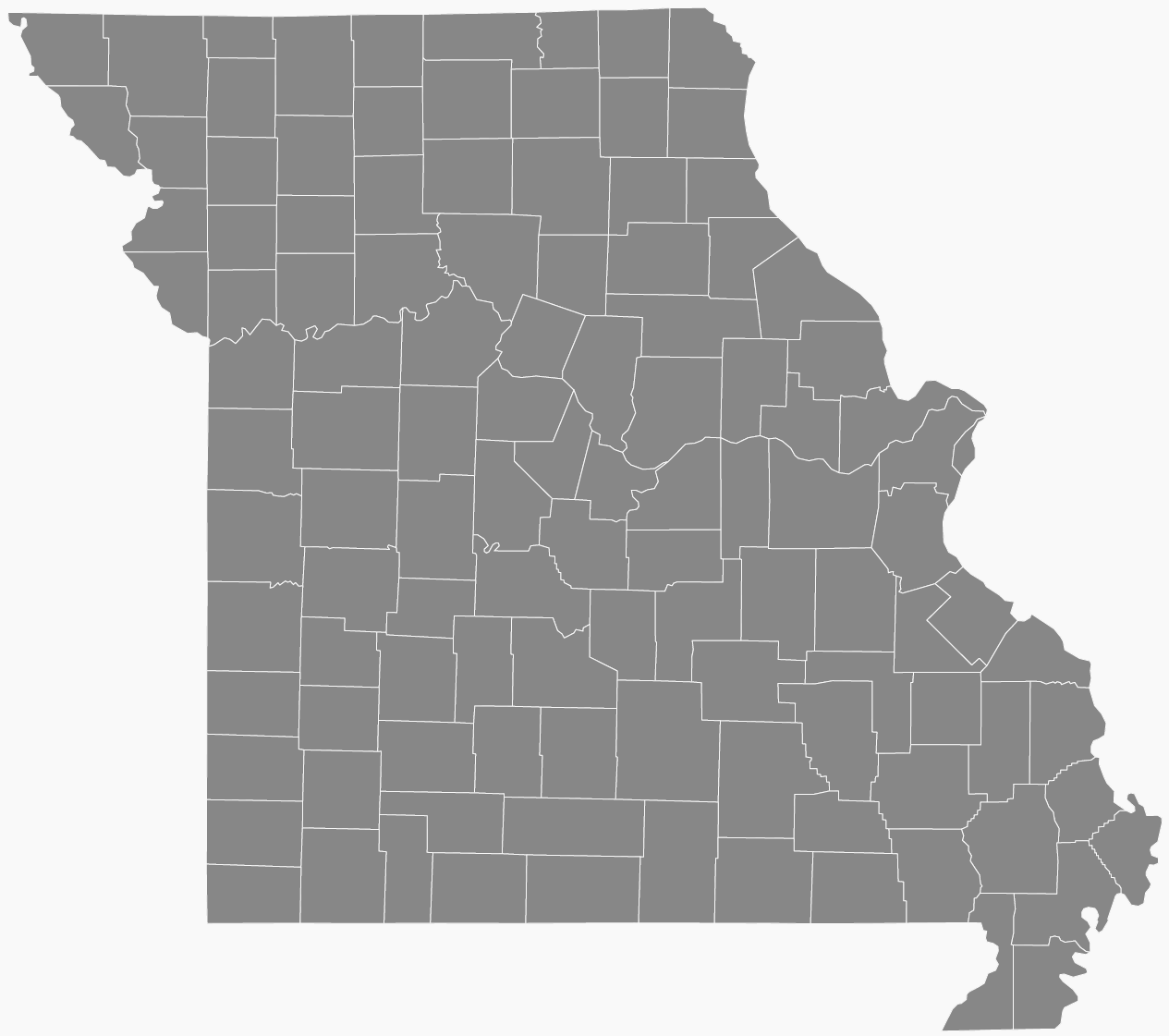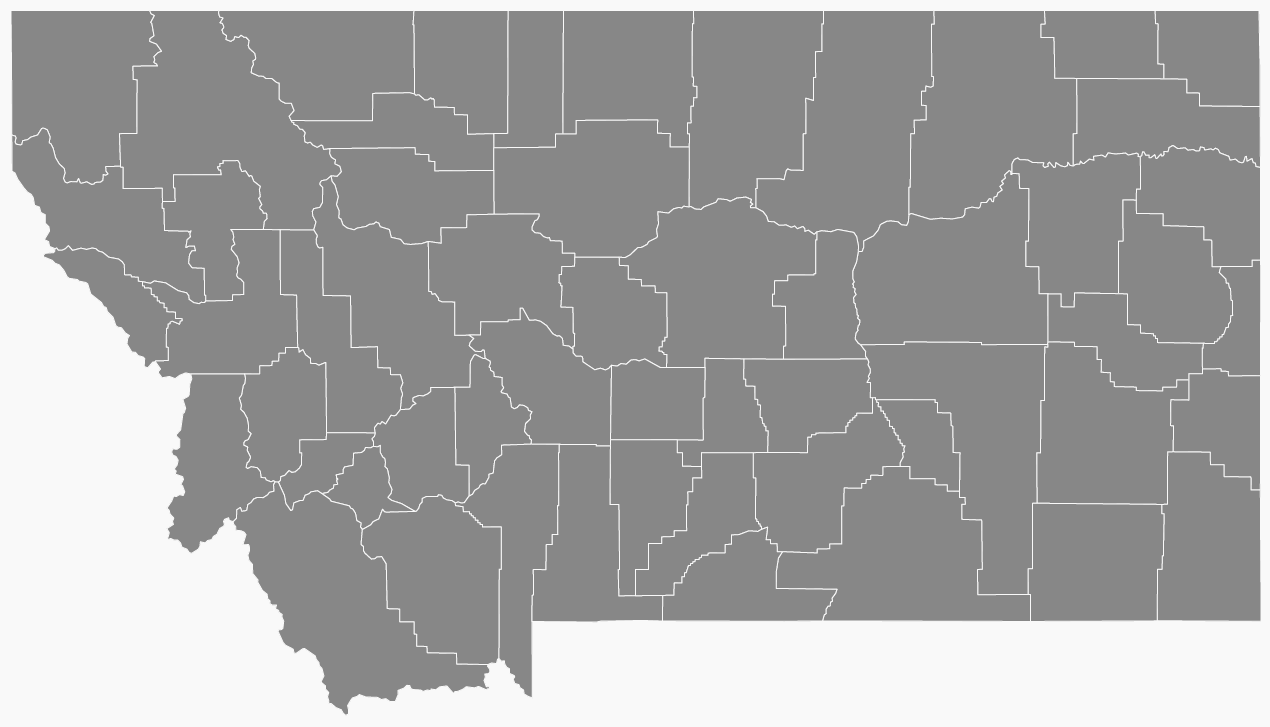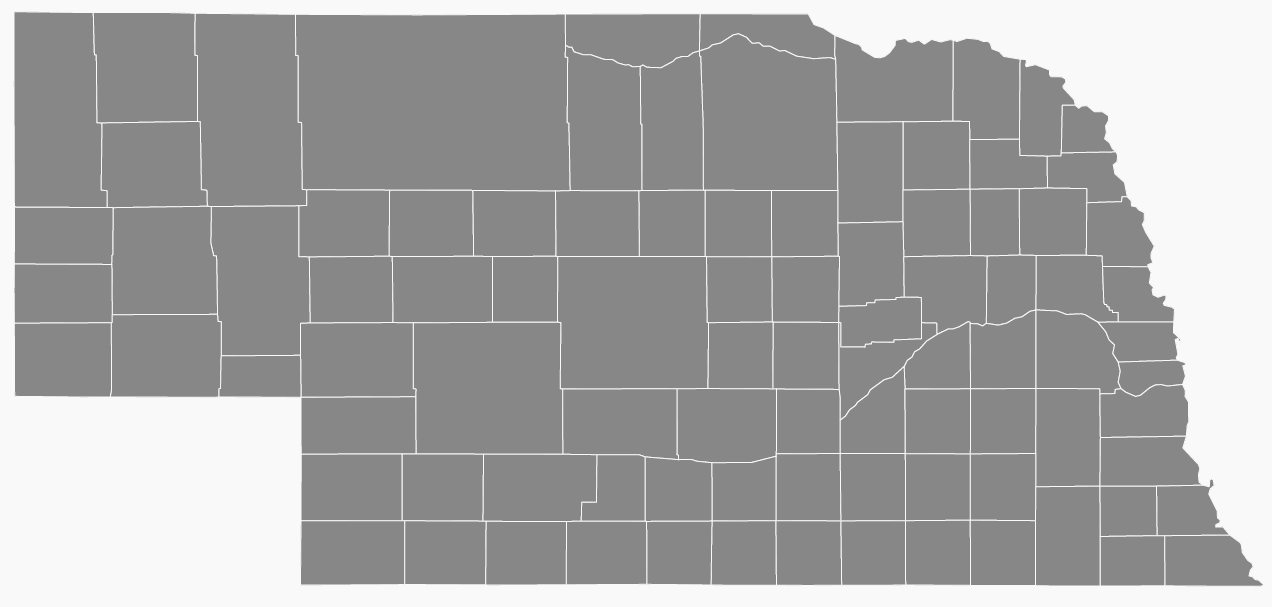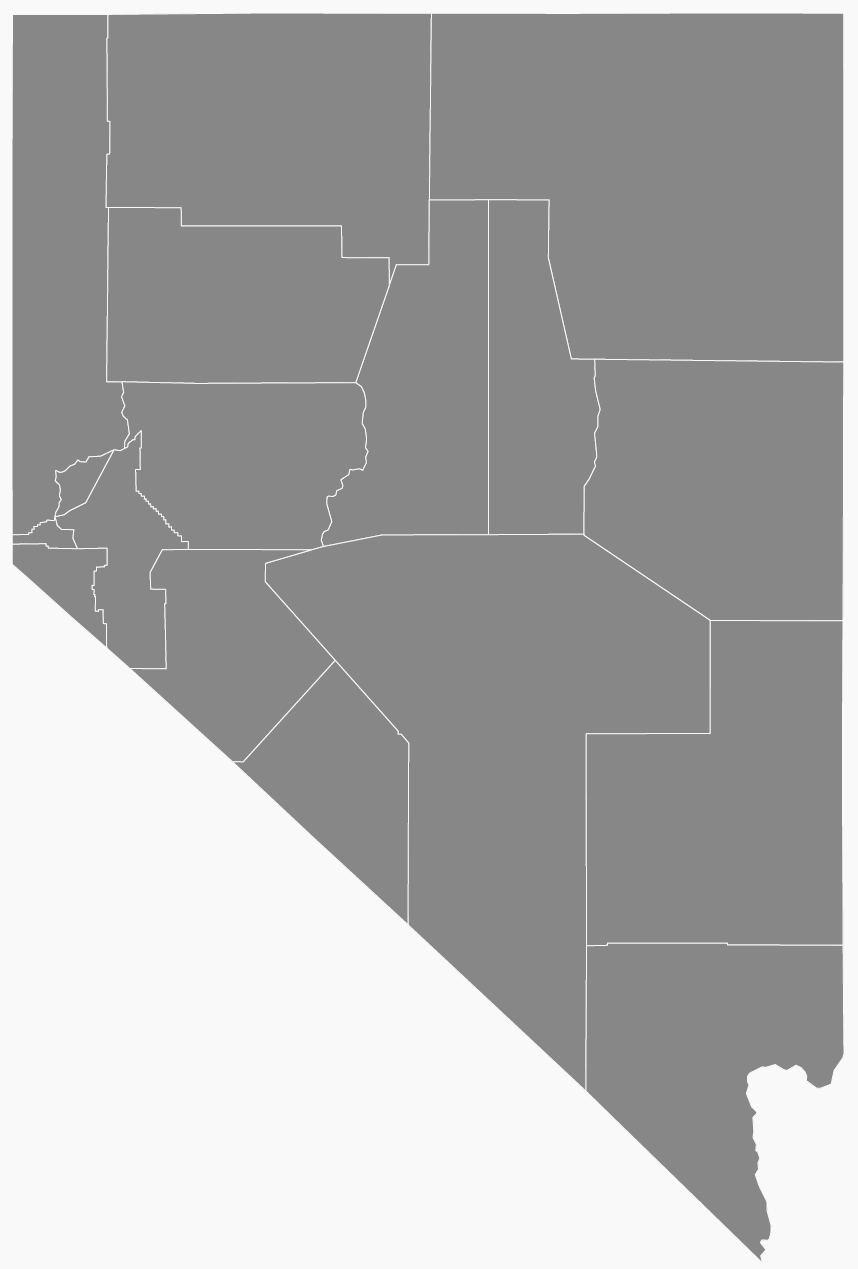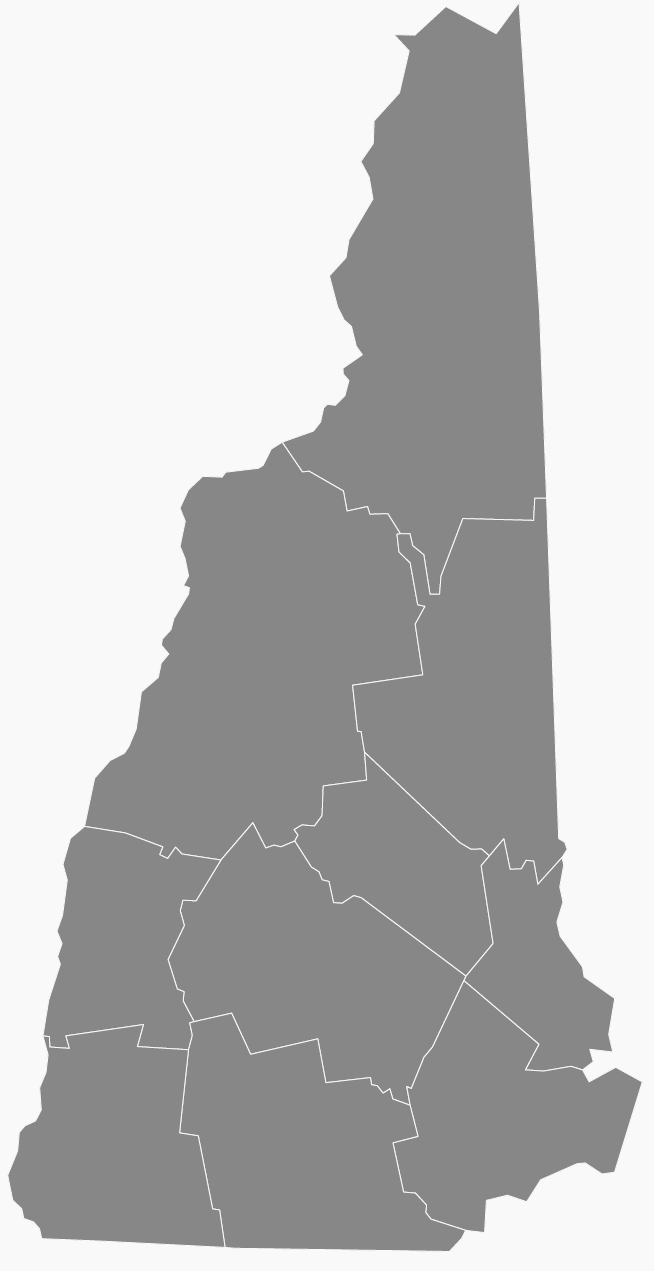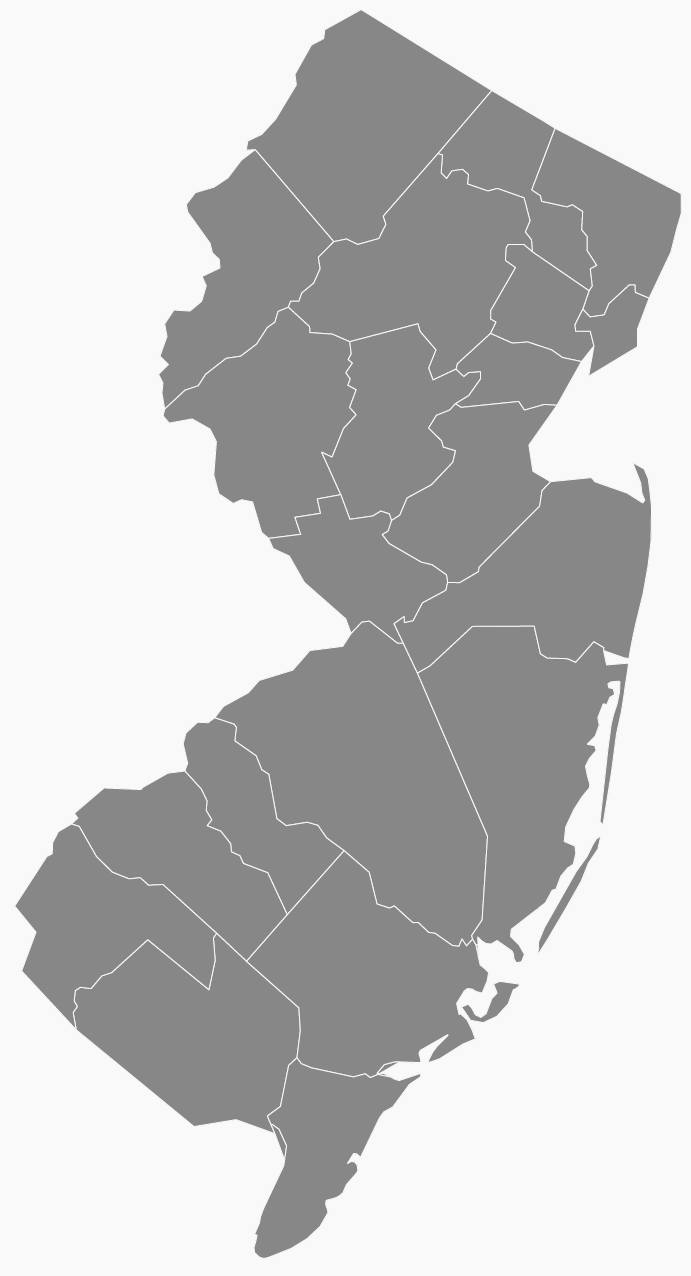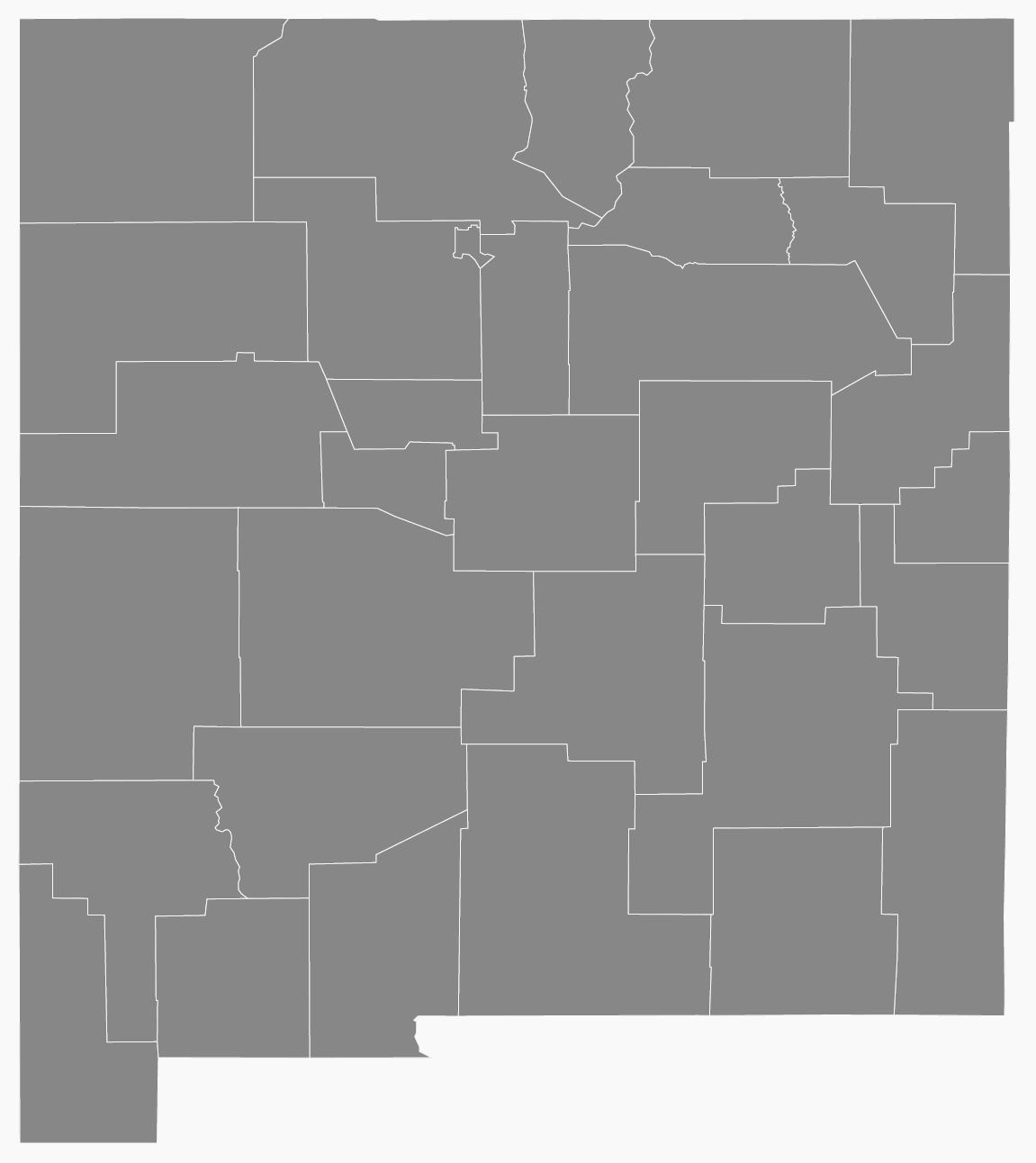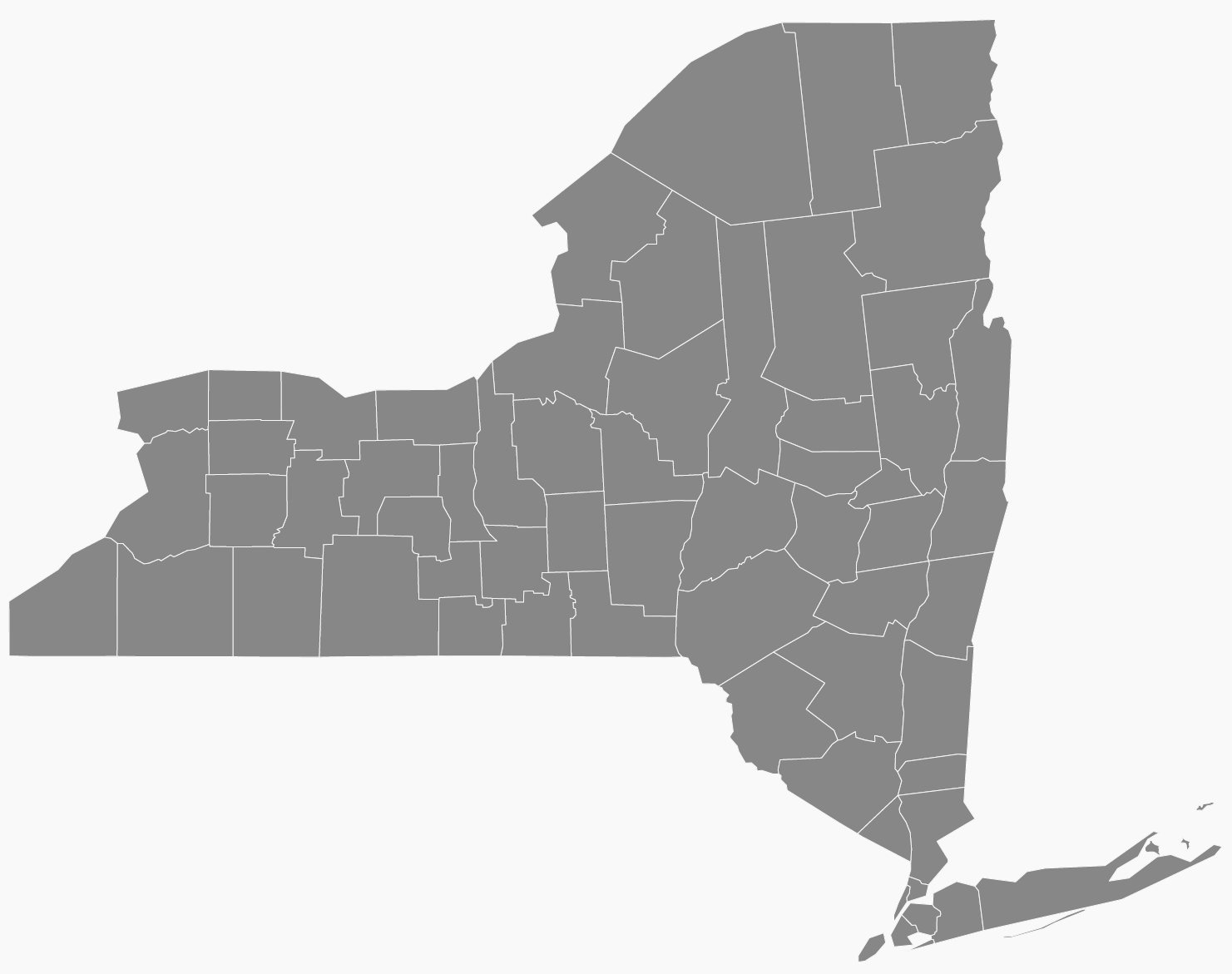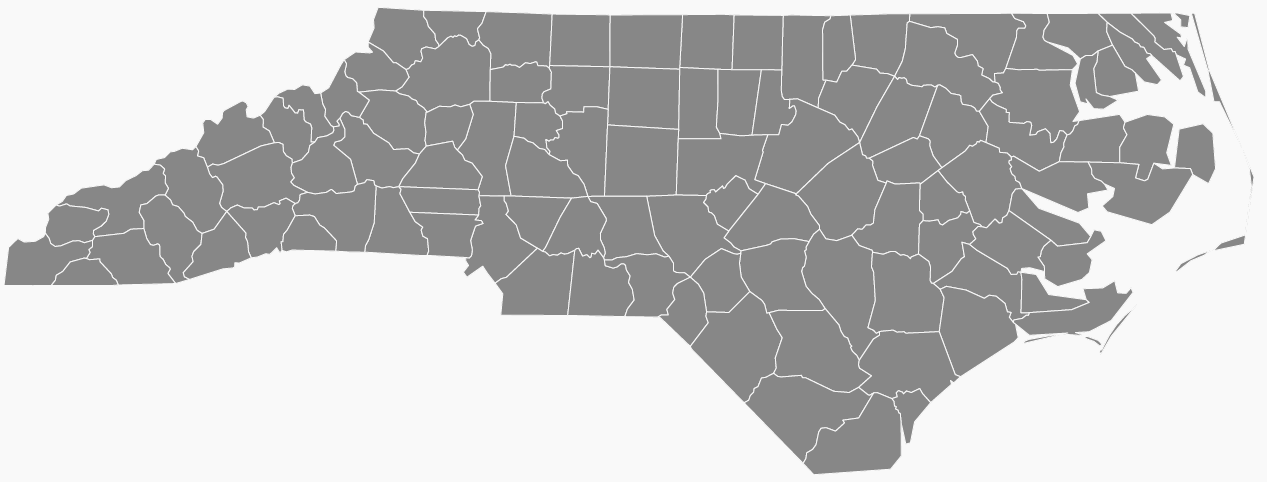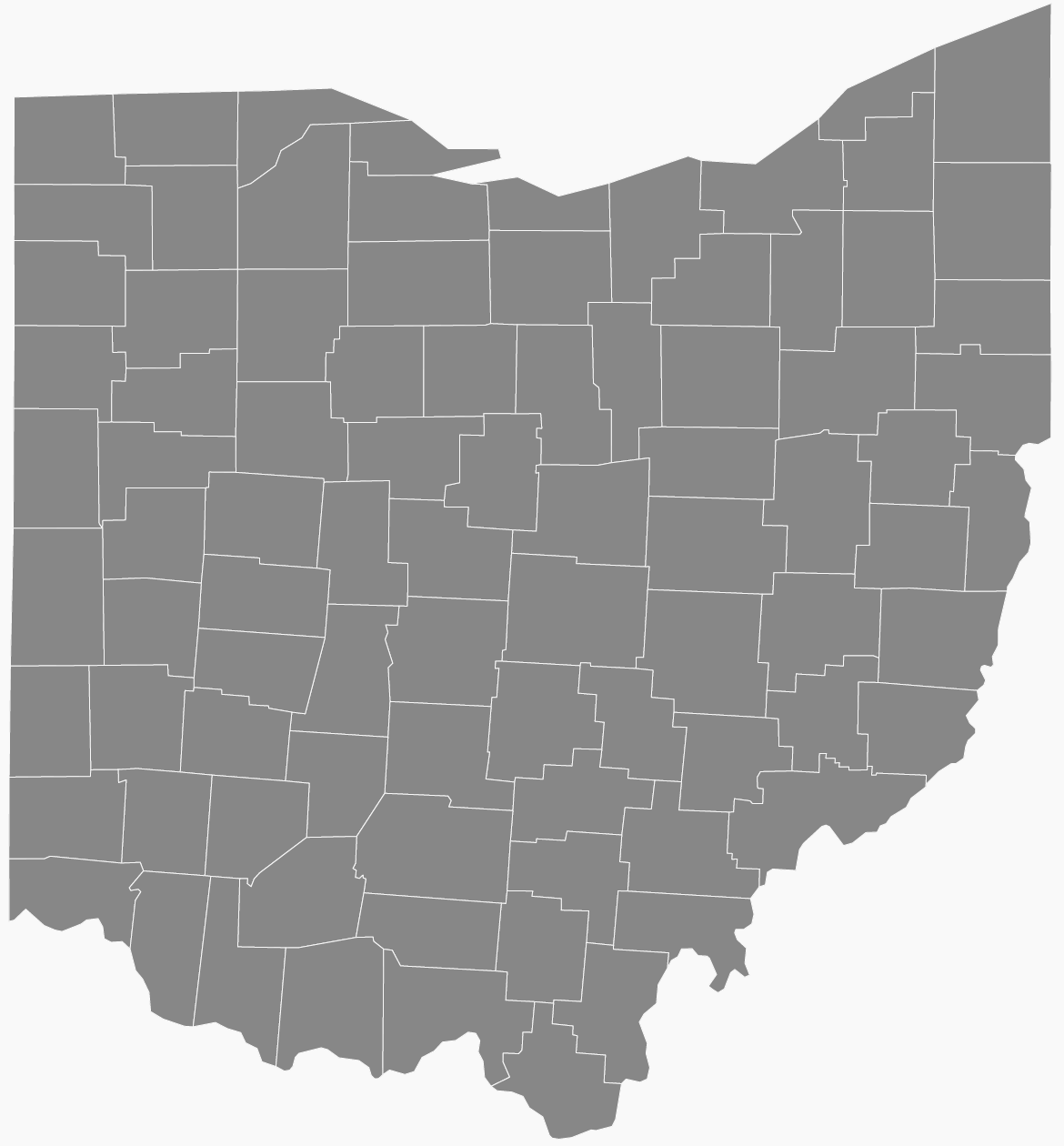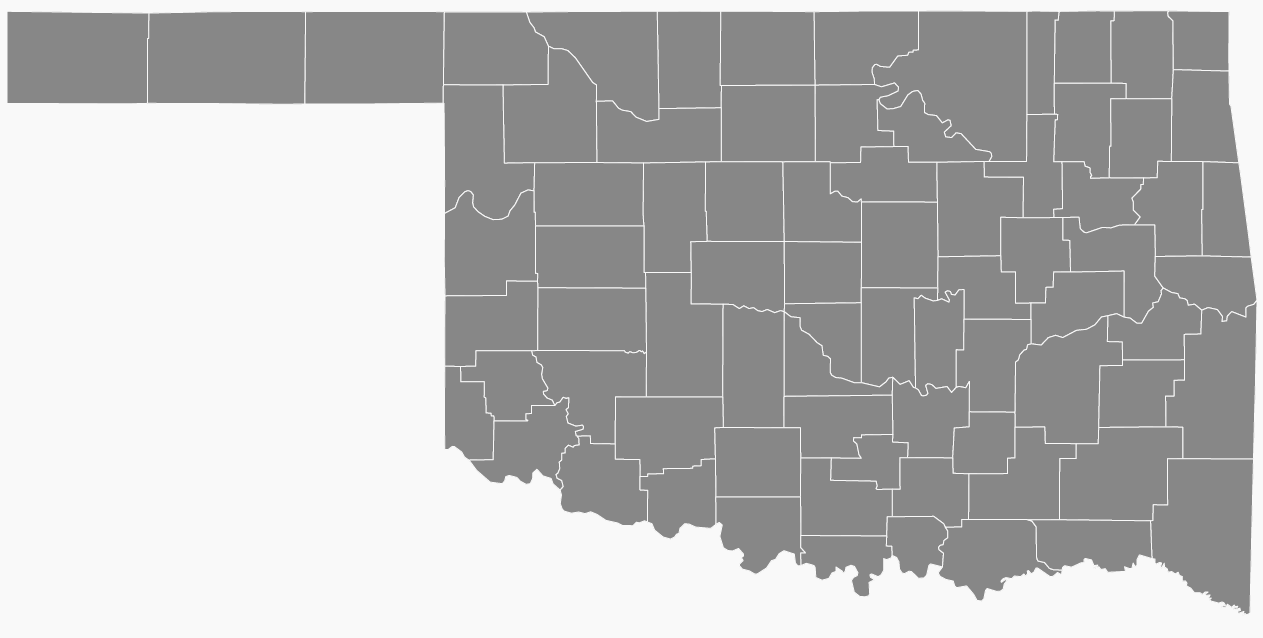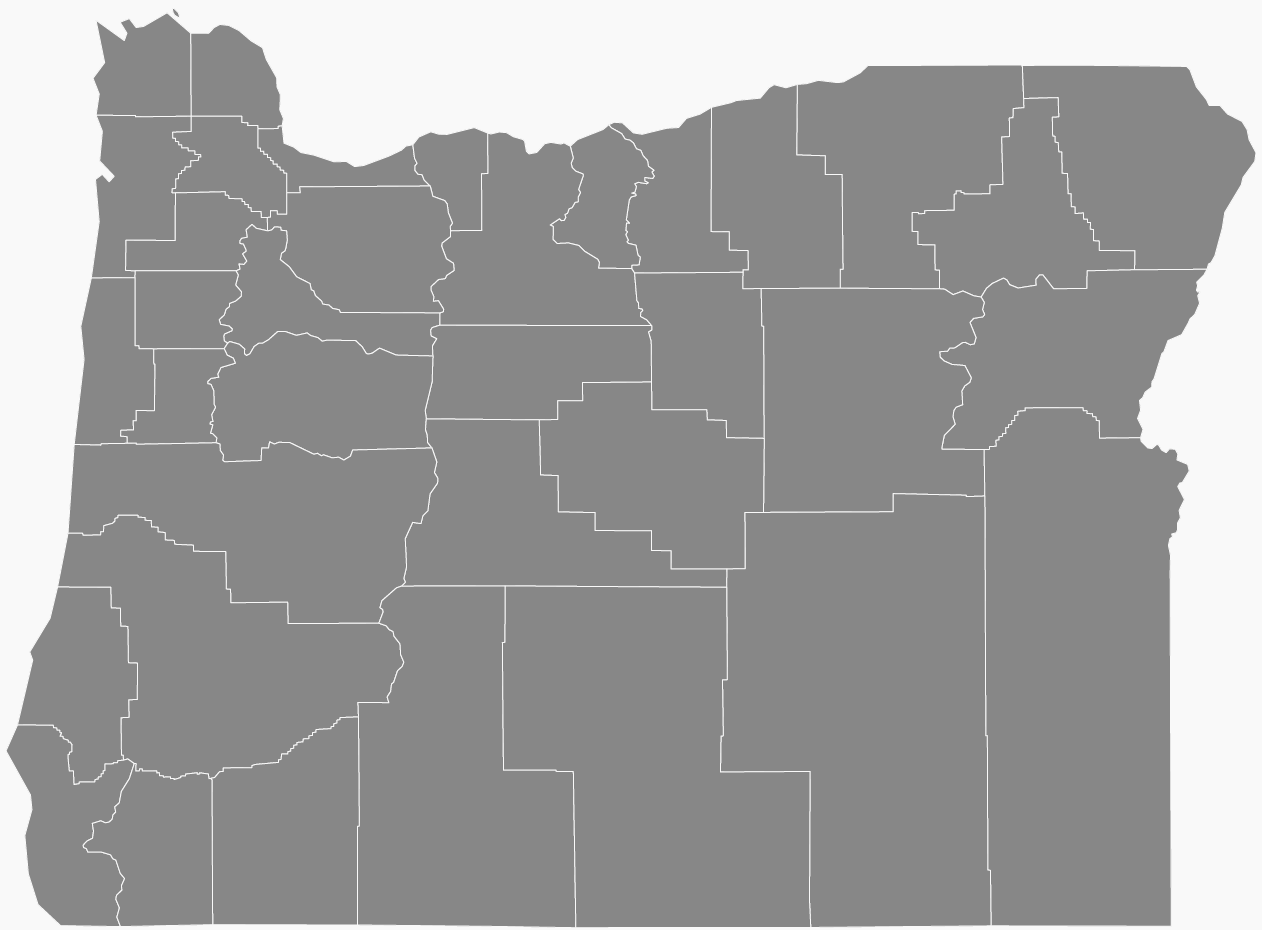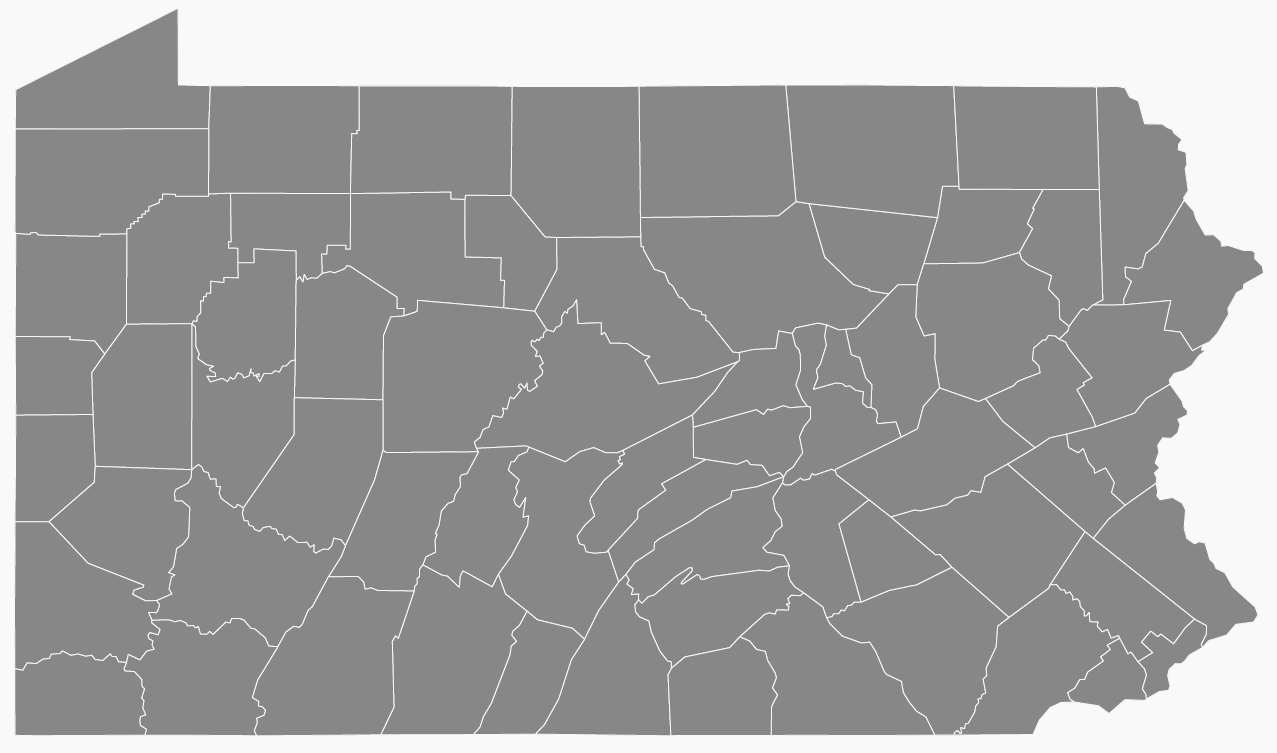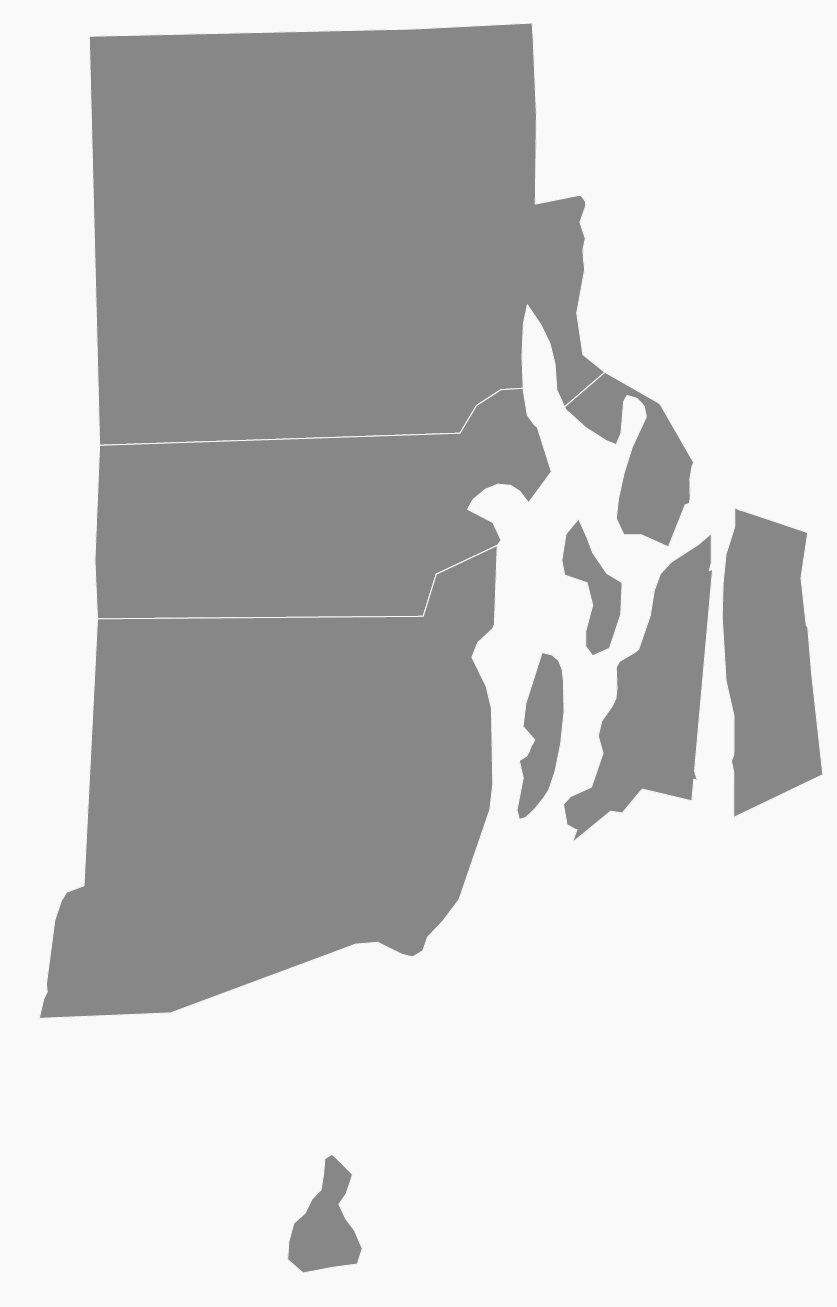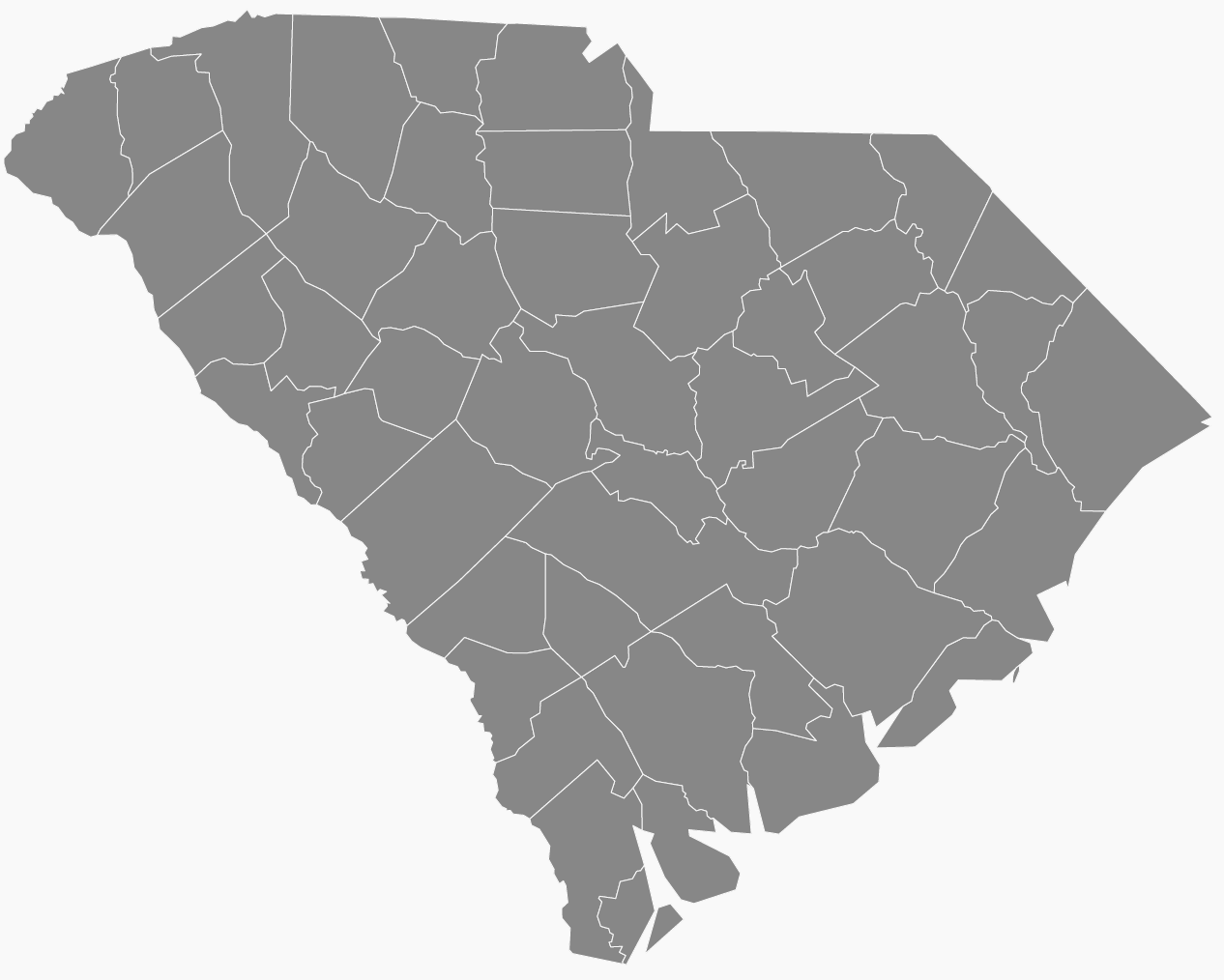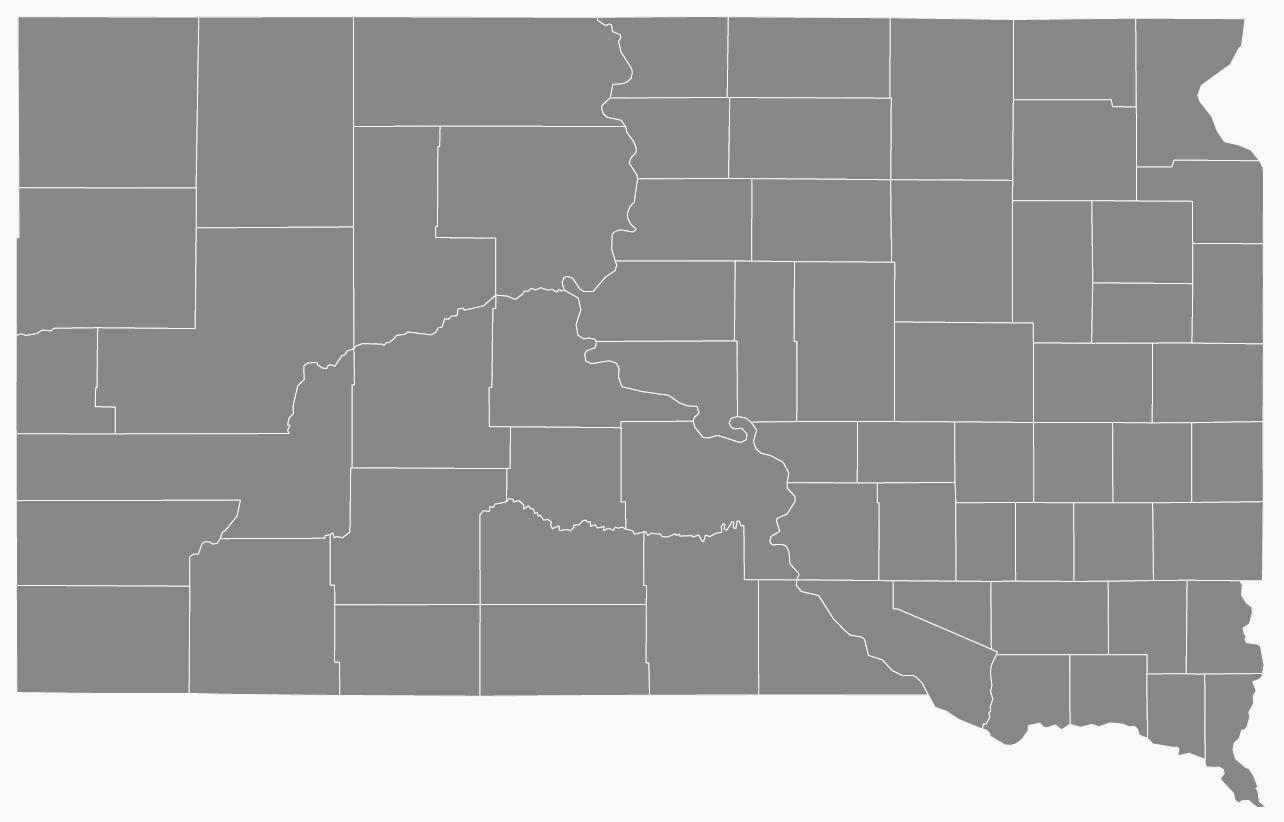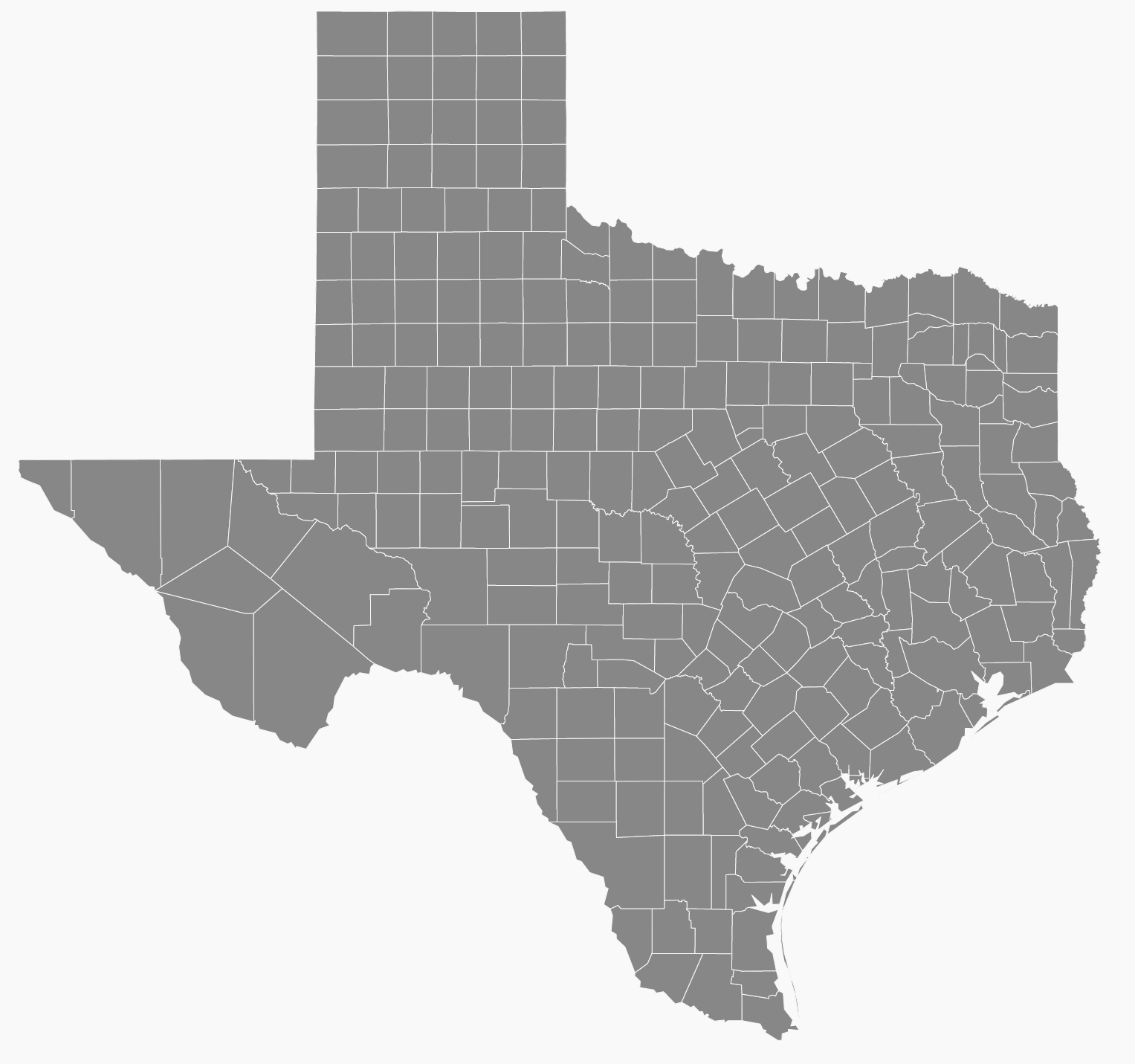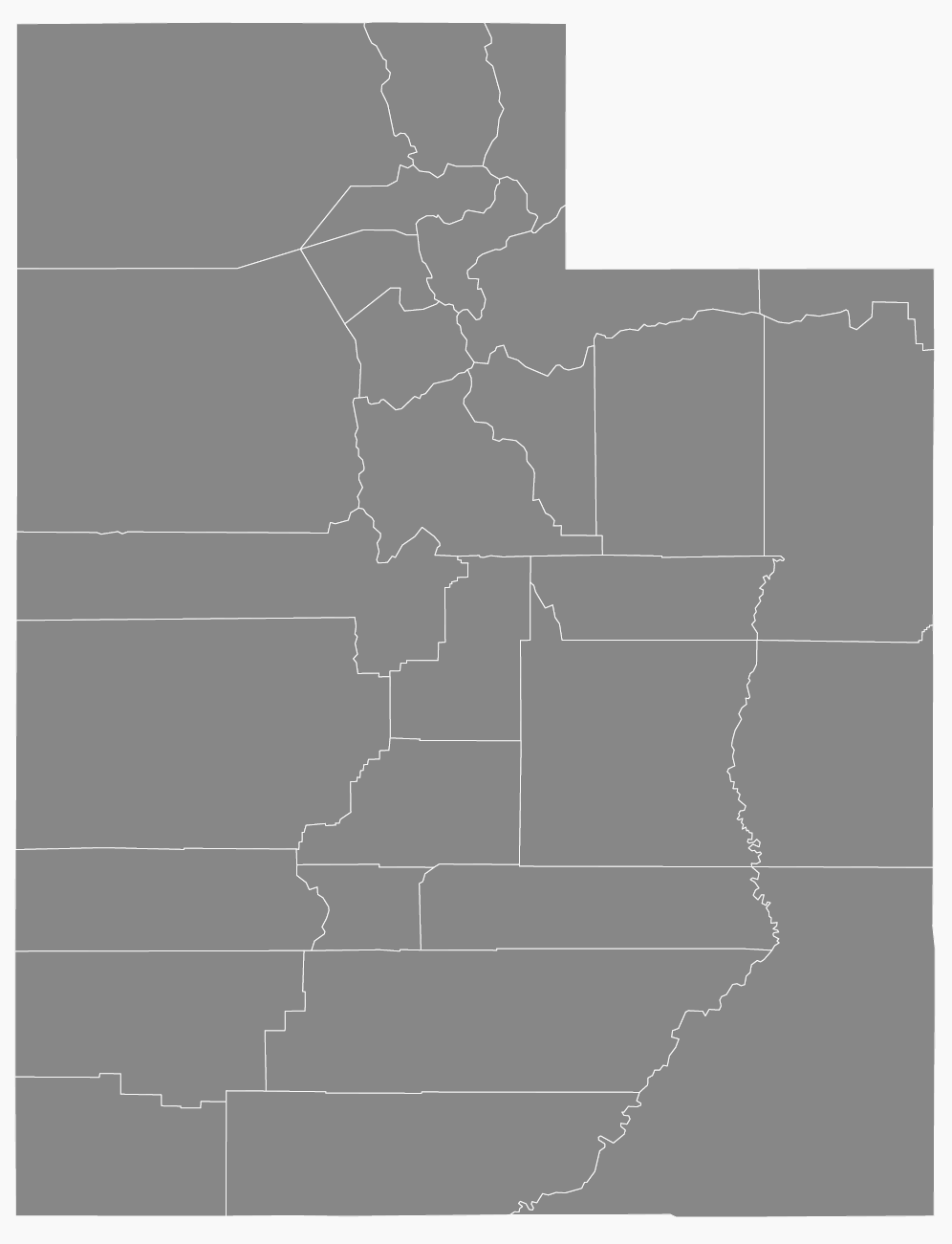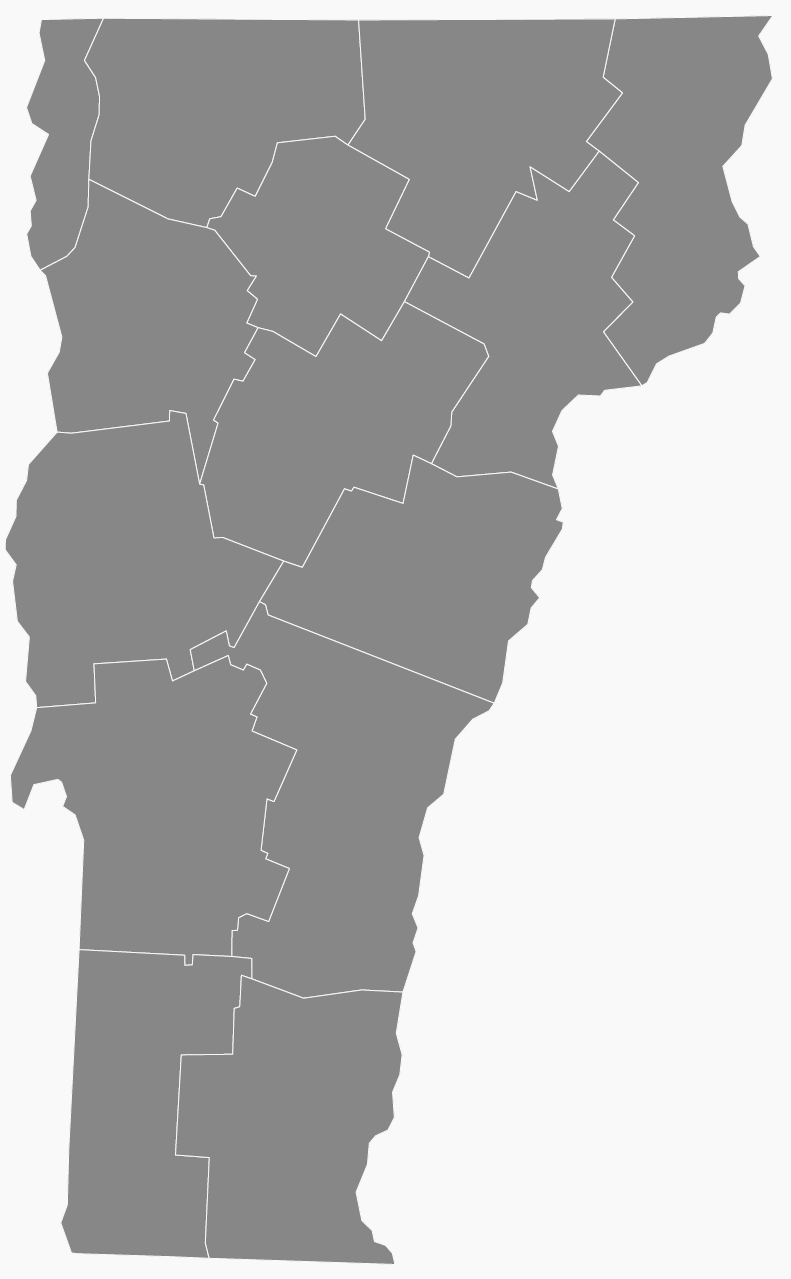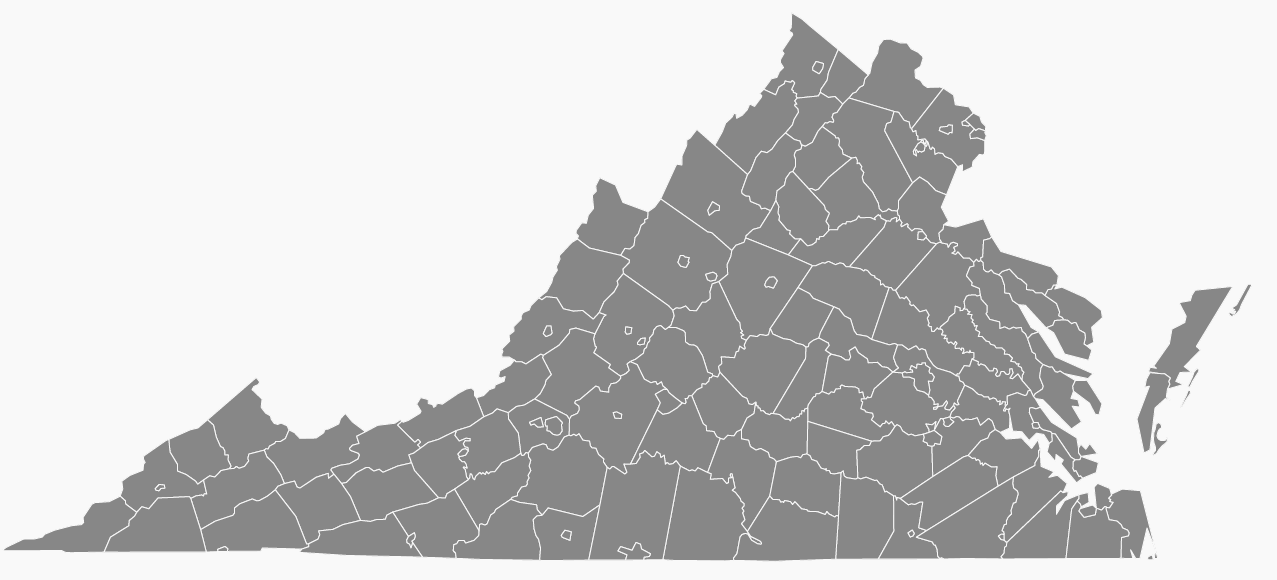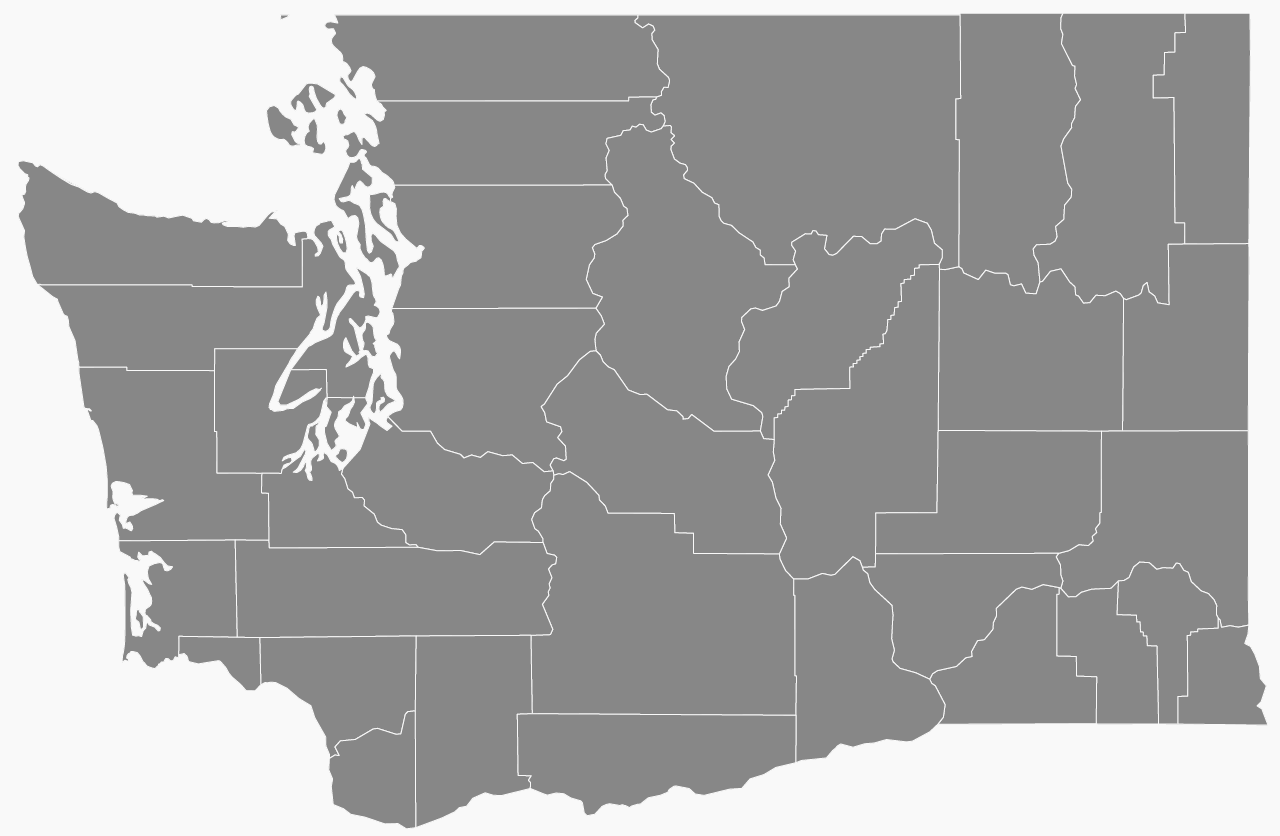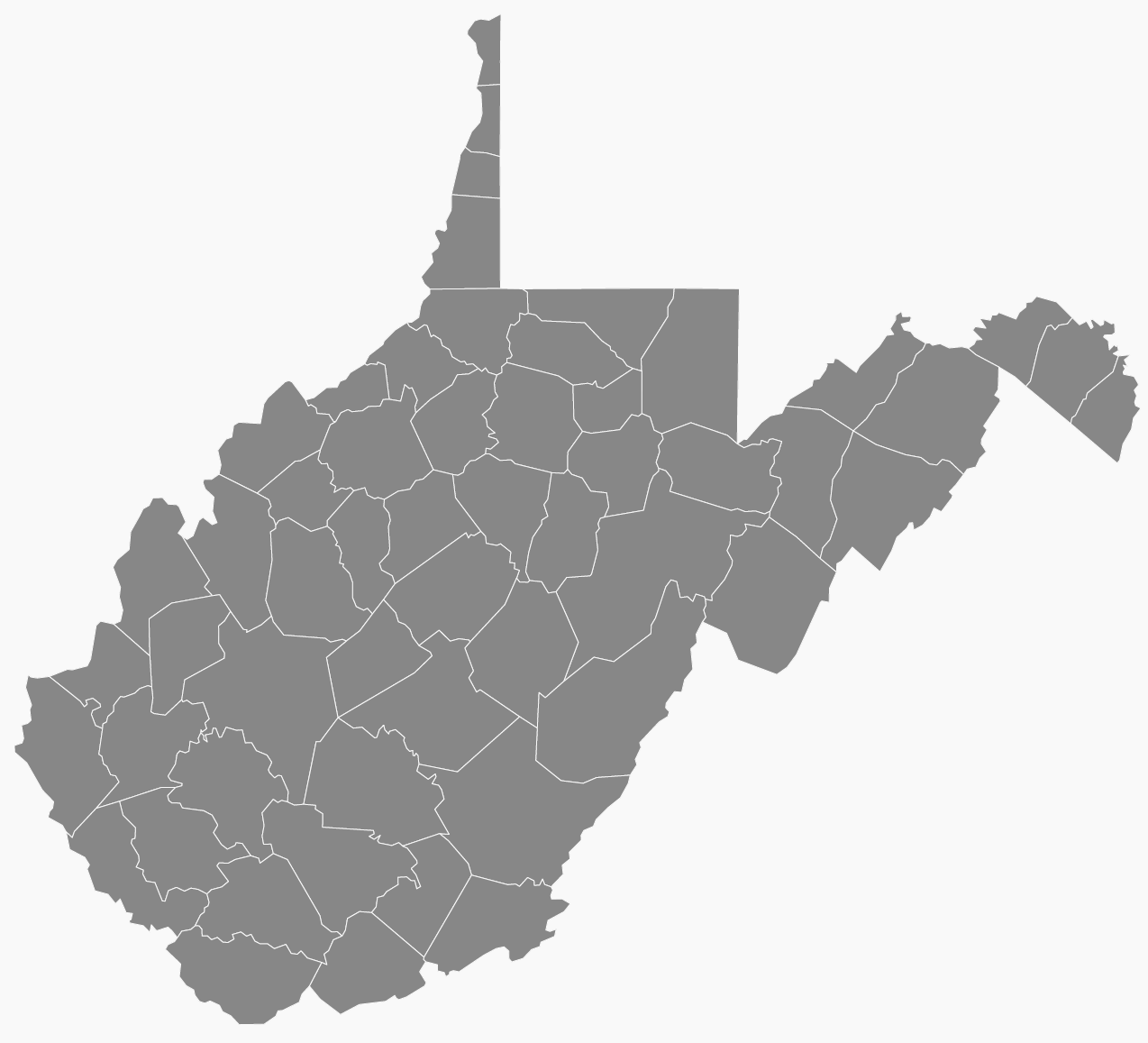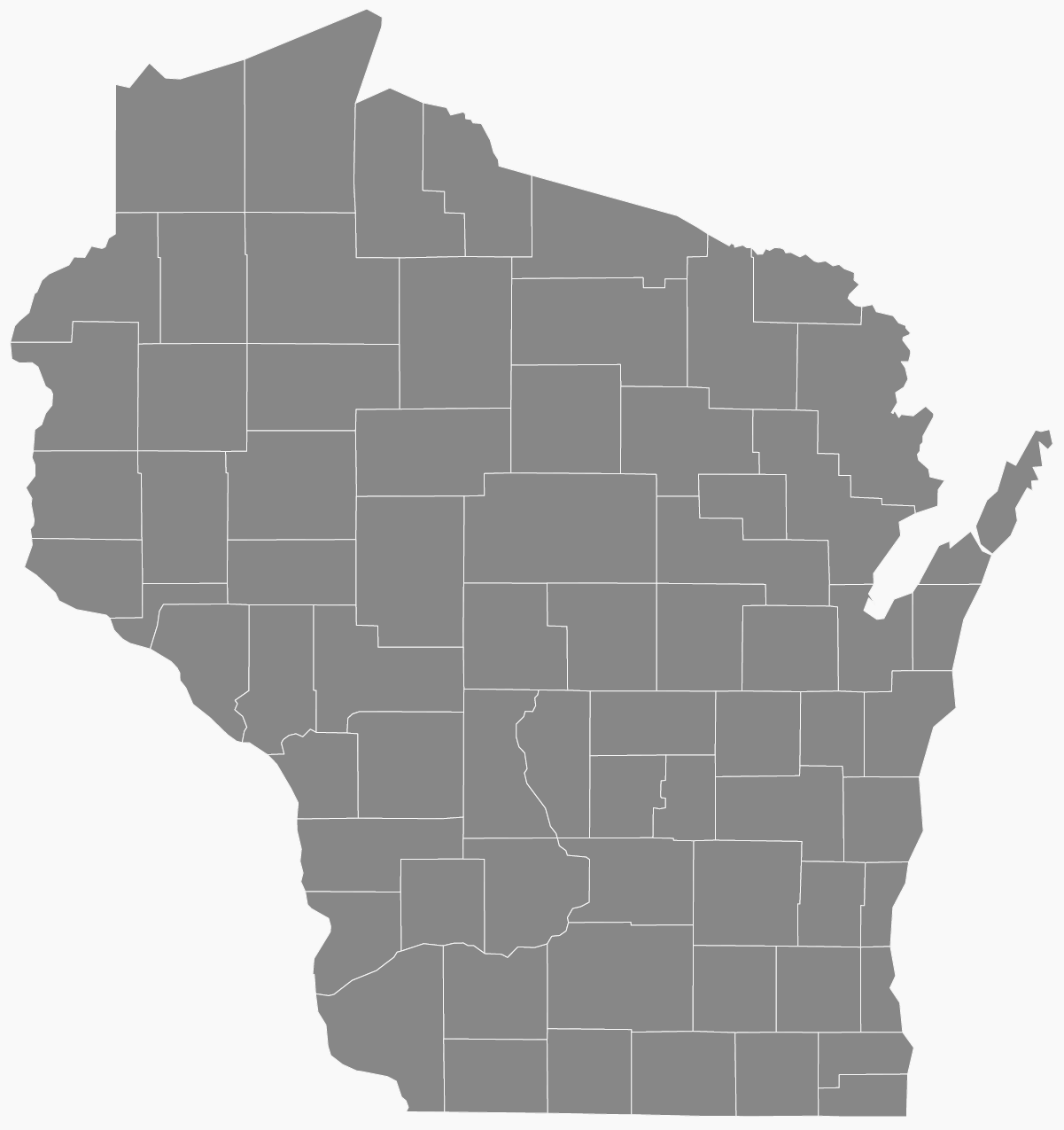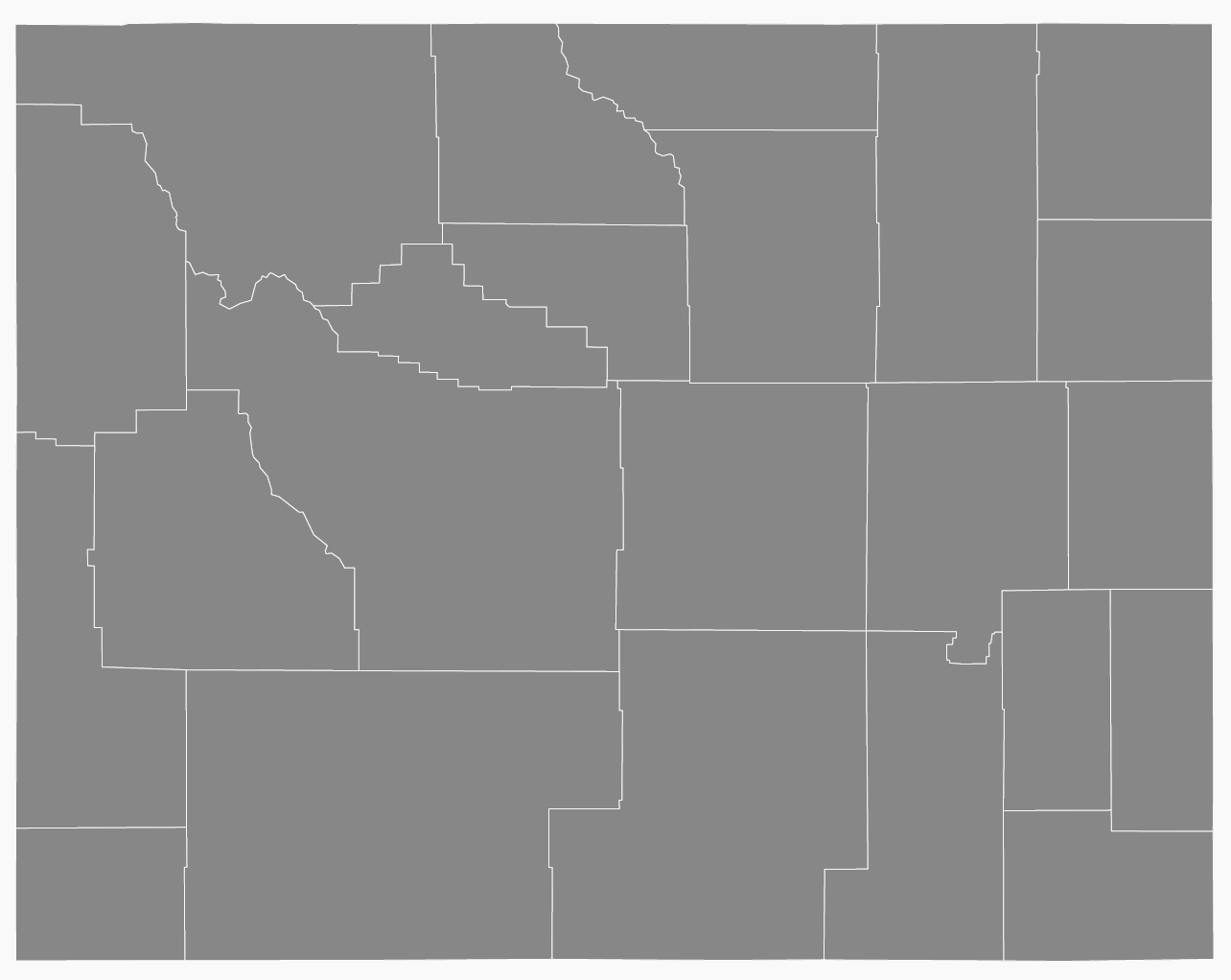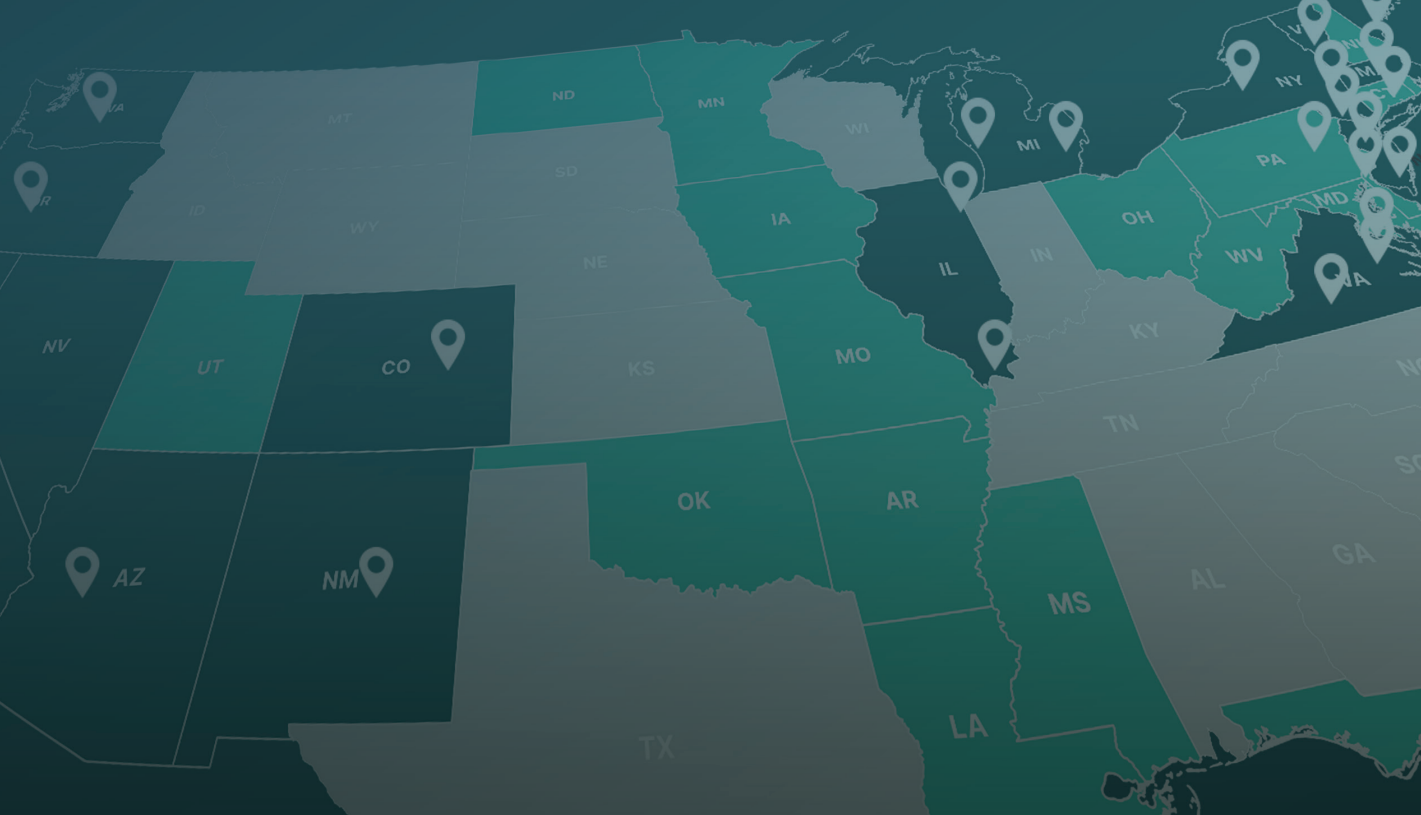
National Equity Maps
This tool is for lawmakers, advocates, industry, and other stakeholders seeking information on state and municipal social equity programs and other state and local cannabis policy impacting the outcome of social equity programs, racial and economic diversity of legal cannabis markets, and barriers to entry and sustainability for minority cannabis businesses.
MCBA National Cannabis Equity Report: Key Findings
Despite broadly stated support for addressing the harms of cannabis prohibition and creating diversity in the cannabis industry, the barriers to entry for minority operators have continued to stifle progress to advance social equity efforts.
MCBA’s National Cannabis Equity Report highlights the findings of 41 policy points explored in the Map. Among those highlights, MCBA identified 7 initial conclusions that we ask advocates and lawmakers to consider as we reexamine state social equity programs:
- The number and efficacy of state social equity programs does not reflect the expressed commitment to achieving equity through cannabis.
- The use of non-race criteria in the social equity qualifications and definitions has not yielded diverse cannabis markets.
- Despite evidence to support cited concerns, many states continue to utilize state-level license caps to limit state markets leading to a lack of diversity and the proliferation of the legacy market.
- Among the few social equity programs that provide funding, fewer still provide access to timely funding for social equity applicants and licensees.
- Requirements to secure premises prior to issuance of a license or conditional license continue to present a significant barrier to entry for social equity operators.
- Bans on ownership for individuals with past cannabis convictions remains prevalent in state-legal cannabis programs.
- Inequities in existing medical markets create inequities in adult use markets.


